The world is filled with exotic, exciting, and little-known places. One such place is Choquequirao, a historical site nestled in the heart of Cusco - Peru, also known as the "sister of Machu Picchu.” Although it isn't as famous, many reasons make it even more spectacular, such as sitting in the impressive Apurimac Canyon and being much larger than its counterpart.
To get there, you'll need to embark on a trekking route, so if you're looking for adventure, Choquequirao is just perfect. The site boasts terraces, enclosures, and lush scenic backdrops and offers the possibility of camping in the middle of nature. But is it worth it? In this guide, we'll cover every aspect of Choquequirao and answer all your questions about this site!
All About the Impressive Choquequirao
The archaeological complex of Choquequirao is located in one of the Alto Salkantay strips (territory of the Yanama rural community) in the district of Santa Teresa of La Convención province in Cusco. The location of Choquequirao was of great importance to the Incas, as it is believed to have connected Pisac and Machu Picchu with the Peruvian Amazon.
Quick stats:
- Location: La Convención - Santa Teresa, Cusco
- Distance from Cusco: 205 km (127.4 miles)
- Altitude (site): 3,040 m (9,974 ft)
- Average park altitude: 1,500 m (4,921 ft).
- Weather: Cool at high altitudes, warm and humid in the lower sections.
What does Choquequirao mean?
The name “Choquequirao” is a mix of the Aymara word "chuqui," which means gold, and the Quechua word "k'iraw," meaning "cradle." This translates to "cradle of gold." The nod is inspired by the gleaming look of its buildings, thanks to the metamorphic rocks used in their construction. These rocks are rich in minerals and give off that special golden glow in the sunlight.
Brief History
Choquequirao is a reflection of the Inca's incredible architecture. This ancient city was built in the same era as Machu Picchu, in the heart of the stunning Vilcabamba Valley. The site, also known as the "Cradle of Gold," was a bustling center for agricultural activities and the valley's primary source of coca. Many of its historic buildings are still intact today, giving a real feel for its past.
Even before the Incas, Choquequirao was still inhabited by other groups like the Antis and Pilcozones. It later became an important part of the empire under the reign of Pachacuti, the ninth Inca ruler.
Today, these ruins are famous worldwide for their historical importance and ideal location, close to Machu Picchu. To fully dive into the history of Choquequirao, check out our complete overview.
How to get there?
Reaching Choquequirao is no easy task, but the adventure is worth it. To get there, your starting point will be Cusco, where you'll find most of the transportation. You've got choices! Whether you want to join a guided tour or rent a private car, both will get you to Cachora in about 3 hours. From there, it's on to the trek's starting point, Capuliyoc.
Apart from the usual options, there are some alternative routes you might want to consider:
1. The Classic Route
This is the favorite “tourist route,” starting in Cachora, about 151 km by road from Cusco. Your hike will begin in Capuliyoc and continue through the bridle path to the Choquequirao Archaeological Site. The entire route takes 4 to 5 days to complete and covers a distance of approximately 32 km or 20 miles. We'll talk about this route later in detail.
2. Huanipaca Route:
You can opt for this route if you want a faster and less crowded hike. It starts in Huanipaca, 151 km (94 miles) from Cusco by road. From Huanipaca, you will take a dirt road to Tambobamba and then drive to the rural community of Kiuñalla to the old hamlet of San Ignacio until you reach the Apurimac River. On the right bank of the river is the access to Choquequirao through a recently built footpath. The trek is approximately 64 km (39.8 mi) long and takes four days to the final destination.
3. Mollepata Route:
This narrow road starts in the town of Mollepata, located 3 hours from Cusco. The route crosses the Salkantay mountain pass, reaches the middle part of the Santa Teresa river valley, and then goes to the Yanama Community before concluding in Choquequirao. The trail is approximately 135 kilometers (84 miles) long, making it less traveled and accessible. It takes about five days to complete.
4. Choquequirao Trek to Machu Picchu:
Approximately 83 km (51.6 miles). This tour starts with the classic route and continues through Yanama, passing through Santa Teresa and then Machu Picchu. Depending on the type of trek you choose, the journey can last 7 to 9 days.
| Pro Tip: You can hire a travel agency to take one of these routes, but if you feel more adventurous, the first one is the most accessible.
If you're looking for a specific trek, take a look at our Choquequirao Tours:
- Choquequirao Trek - 4 Days
- Classic Choquequirao Trek - 5 Days
- Choquequirao Trek to Machu Picchu - 6 Days
- Choquequirao Expedition to Machu Picchu - 7 Days
›› See all Choquequirao Tours
The Classic Route: Choquequirao Trek 5 Days
This is the most classic way to reach Choquequirao. Tours normally start in Cusco, drive to Cachora, and then head to Capuliyoc to start the trail. Here's an itinerary breakdown if you're considering doing this hike:
The Experience
Day 1: Cusco – Capuliyoc – Chikiska
This adventure usually starts at 4:30 am with pickup from your hotel in Cusco and a 3-hour drive to Capuliyoc 2,950 m (9,678 ft). Today's hike takes about 6 hours, mostly downhill into the beautiful Apurimac Canyon. The first camp is at Chikiska, 1,950 m (6398 ft).
Day 2: Chikiska - La Playa Rosalina – Marampata
You wake up in your tent with a hot drink and breakfast. On this day, you hike for about 8 hours to Marampata camp (2940 m / 9646 ft), which offers amazing views of the Apurimac Canyon and the Andes Mountains.
Day 3: Explore Choquequirao Site
After breakfast, we follow a two-hour hike to Choquequirao and dedicate this day to explore the site. You will visit the most remarkable places, learn about the history of the Incas, and finally spend the night at the same campsite as Marampata.
Day 4: Marampata - La Playa - Coca Masana
After enjoying the fantastic mountain views, you will begin a 4-hour descent back into the Apurimac Canyon, then another 2 hours uphill to the campsite at Coca Masana (2,330 m - 7,545 ft).
Day 5: Chikiska – Capuliyoc – Cusco
The final day starts with a 4-hour uphill to Capuliyoc pass for lunch and enjoy a traditional Pachamanca Barbecue (a dish made with hot stones). After lunch, you say goodbye to the trekking team and return to Cusco—the arrival time at your hotel is around 6:00 pm.
Choquequirao Trek Difficulty
On this trek, expect a mix of rocky paths and a bunch of ups and downs that'll add extra hours to your hike. It’s definitely on the moderately challenging side, so even if you’re used to hiking, it might still give your legs a good workout. Consider doing the 5-day tour if you're hitting the trail with family or friends and want to make the most of it. If you're up for a bit more of an adventure, the 4-day trek is right up your alley. Just remember to give yourself enough time to get used to the altitude.
The Campsites
Most of the park is protected, so camping is the only way go-to for an overnight stay. Luckily, most campsites provide plenty of room for pitching a tent. This map will give you an idea of the trail and where you can camp:
| Book this Choquequirao Trek with TreXperience
Weather in Choquequirao
What's the weather like? Choquequirao is nestled in the eastern mountains of Vilcabamba, right where the river carves out the deep Apurimac Canyon. This means the weather can flip from one extreme to another. Getting there is a bit of an adventure, involving a trek up and down a 1,500-meter elevation change.
The weather usually swings from cool to warm, dry from April to November, and rainy from December to March. However, Choquequirao stays pretty humid with off-and-off rains and mist, thanks to the ecosystem of this region.
During the day, temperatures can hit up to 25°C (77 °F), while at night they drop to 4°C (39.2 °F), with the average temperature hanging around 14°C (57.2 °F). Consider bringing extra layers if you're doing this hike!
Best Time to Visit
Although you can visit all year round, rain can hinder your experience. To get the most out of Choquequirao, it’s best to go during the dry season between April and October. You can get a glimpse of birds (swallows) flying overhead during the day and see the clear sky during the night. There's also a good chance for stargazing, observing the constellations and the moon as the main light.
What to see in Choquequirao? - Attractions
Choquequirao is divided into 12 sectors. Depending on the tour you choose, a 4 or 5-day tour will allow you to explore most of the areas; here, we will cover the most important:
The Hanan Temple
This area, known as Hanan (high in Quechua), is located north of the main square. Here, you can find temples, enclosures, water channels, warehouses, and a staggered waterfall. It is divided into two sectors, each composed of several corridors, platforms, and connecting buildings.
Warehouses or Qolqas
The “qolqas” were large buildings that stored food to supply the population. These are located southeast of the Hanan Temple and are divided into two parts: platforms, several structures, and corridors. Some buildings have two floors and ventilation ducts to protect food from rotting.
The Main Plaza
This is considered the most important part of the city, located in the central area. It consists of nine structures, including the “Kallankas,” massive two-story triangular-shaped structures that would have served as dwellings. You can also find the Main Temple, the Sunturwasi, and four terraces that share a sacred space that served important events. This area is also known as Haucaypata, meaning plaza in Quechua.
The Gates
Known by the archaeologists as the “monument consecrated to the ancestors,” these portals are located in the southern part of the central plaza. The outlets consist of four trapezoidal gates of double frame, possibly serving as a sacred space to keep the famous "malkis" (mummies of influential personalities) during religious events.
The Ushno
This platform, situated atop a hill towards the south of the main square, holds a deep religious significance. It is encircled by a 147-meter-long wall. The platform comprises three horseshoe-shaped terraces once used for religious rituals, sacrificial offerings, and libations. Additionally, it was an important center for astronomical observation, with political, religious, and military implications. If you walk here, you can enjoy the breathtaking views of the vastness of the Apurimac Canyon.
The House of the Priests
Near the Ushnu lies an enigmatic construction called the "Priest's house." The complex is divided into two areas: one with five retaining walls and the other consisting of two imposing rectangular buildings. This space served as a place of preparation for the priests who officiated religious ceremonies, so its access was restricted. It’s a great feeling to explore these ruins and get a glimpse of the mystical and interesting history of this place.
The Sacred Terraces
These large terraces are located northeast of the main plaza and are divided into five subsectors. They are platforms forming a concave space towards the southeast and northeast. The longest of them is 116 m (126 yards).
The Llama Terraces
Located on the north side of Choquequirao, archaeologists discovered this stunning architectural wonder in 2002. Its distinct feature is the series of steep terraces, comprising sixteen levels adorned with camelids, human, and geometric motifs intricately carved from white limestone. The structure looks majestic, but it is very steep, and thus, you should be cautious while coming down these steps.
Paraqtepata Terraces
This area is composed of 18 impressive terraces built vertically on a mountain. There are five sections of decks for irrigated cultivation, and it is located in a landslide area extending towards the right bank of the Ch'unchu Mayu stream. These terraces are visible even before approaching the Choquequirao complex.
Phaqchayoq Terraces
Immense groups of terraces form this area, the most extensive in Choquequirao. There are a total of nine sets of cultivation terraces. In the central part, there is a promontory with three buildings. The first one is located to the south and has four entrances. The second is a quadrangular building with two doors on the northwest front wall and the southeast side wall. It also boasts a complex system of water channels to irrigate the terraces.
The Extraordinary History of Choquequirao
Pre-Inca Period
During the pre-Inca times, Choquequirao was inhabited by different ethnic groups, such as the Antis, the Manaries, and the Pilcozones, who settled here for the first time. Likewise, there was evidence of the regional state of the Killke (1000-1200 A.D.), which coincidentally expanded into the Cusco Valley, Anta, Urubamba (Ancasmarca Archaeological Site), Vilcabamba (Qoriwayrachina Archaeological Site).
Cultural materials such as ceramics found in archaeological excavations by diverse researchers allowed them to determine that these people inhabited Choquequirao before the Incas.
Inca Period
During the zenith of the Inca empire, Choquequirao played an important role as a gateway to the jungle. The lush jungle was a source of exotic birds and other fauna, providing feathers for offerings and adorning Incan attire. The site was also a hub for ritual practices and coca cultivation. Choquequirao was designated as a nation of the "Quechuas" and built during the era of Incan expansion under Tupac Yupanqui's reign.
Later, it became part of the territory of Pachacutec, who carried out "reconquest" campaigns. Once the Incas had established territorial dominance, they introduced a new economic, social, political, and administrative system. The locals had to adapt to these new patterns, which were imposed by Pachacutec, the promoter of the conquest of the Antis peoples.
During the reign of Tupac Inca Yupanqui, the land was turned into farmland. The land, whole of alluvial deposits, was used to plant fruit trees, ají (chili), coca, cotton, chichira (a plant used to stop nosebleeds), Vilca, tobacco, and a sacred tree known as "wilka." These lands were known as the lands of the sun, worked by the mita system, and cared for by the "mitimaes" of Quito or "Yungas Indians."
A Stronghold of Resistance
During the colonial era in 1537, Manco Inca, a resistance leader, chose this particular region of the Antisuyo as a refuge and barrier against the Spaniards' advance. He and his sons ruled with the help of warlords who crossed the mountains and the Mayomarca River.
Between 1537 and 1572, these lands were the domain of four Vilcabamba Incas, starting with Manco Inca, who died in 1544 at the hands of the Almagran conquistadors, Sayri Túpac who left Vilcabamba after making a pact with the Spaniards. Titu Cusi Yupanqui, who dictated a written chronicle, and Felipe Túpac Amaru, the last Inca of Vilcabamba, who was defeated and executed by the order of Viceroy Francisco de Toledo in 1572.
Who built Choquequirao?
Research indicates that Choquequirao was built during the reign of Tupaq Inca Yupanqui, a period of Inca expansion. However, some cite it as an important site built by the great Pachacutec. Both possibilities are valid since they ruled over the Tawantinsuyo; Tupac Yupanqui carried out vast expansionist campaigns, while Pachacutec focused on enhancing Cusco, the cult to their gods, and the disposition of "mitmas" in the newly incorporated territories.
Historical and Cultural Importance
Choquequirao showcases exceptional architectural features in terms of land and landscape planning. The site boasts advanced hydraulic engineering, which created new spaces for farming and social activities, like foundations and retaining walls. These areas were designed to accommodate various plants, some of which were moved around later. Since its early days, Choquequirao served as a key stopover on the way to the Vilcabamba and Machu Picchu valleys, preserving the legacy of one of the most important societies in the Americas.
It is believed that Choquequirao was another Cusco built by the Incas during times of conflict. It served as a strategic location for military, planimetric, and architectural purposes, connecting the highlands and jungle.
On December 24, 2010, Choquequirao was declared a Regional Conservation Area through a supreme decree.
What to expect in Choquequirao
The Views
The views in Choquequirao are an absolute highlight. The Apurimac Canyon, one of the deepest in the world (4,690 meters), makes it even more spectacular. You can see for miles in every direction from any viewpoint or even before reaching the site. There is also a chance to spot the famous Andean Condor, which lives in the rocky cliffs that form the canyon. It's no wonder why people choose this place for a trek as it offers an unforgettable experience.
A Paradise of Biodiversity
Choquequirao is a conservation area that boasts scenic landscapes and many natural resources. It has up to eight different types of ecosystems, ranging from glaciers, high Andean forests, and a seasonally dry forest. This entire ecosystem is home to hundreds of species of flora and fauna.
Flora
The area is dominated by very steep slopes, and the scenery along the route is impressive, from the Capuliyoc sector, passing through the dry forest, the Apurimac River canyon, and the hamlet of Marampata until reaching the monumental zone. Along this route, there is an enormous variety of flora.
Among the most outstanding for their unique beauty are 196 species of orchids such as Bletia catenulata, the Zaza-Zaza (Cyrtochilum aureum), and the famous waqanki (Masdevallia veitchiana), 482 species of trees such as the Kiswar (Buddleja coriacea), queñoa (Polylepis tomentella), achupalla (Puya herrerae), sankayo or warako (Echinopsis maximiliana), among others.
Fauna
Choquequirao area is home to 46 species of mammals, 314 species of birds, 12 species of amphibians, 50 species of Araneae (spiders), 10 species of opilions (a type of arachnid), all endemic, 3 species of scorpions, 97 species of Coleoptera (beetles), 91 species of Lepidoptera-rhopalocera, and 41 species of Lepidoptera-heterocercal.
The most common species found in Choquequirao include the spectacled bear, the Andean fox, the white-tailed deer, swallows, and the majestic Andean Condor. If you're lucky, you might get a chance to spot rare species of hummingbirds, like the beautiful coqueta crestirrufa, in the warmer parts of the forest. Bring a good pair of binoculars if you're interested in birdwatching!
Food to try during a Choquequirao Trek
Heading to Choquequirao, you'll likely hit a few villages to eat. However, we recommend you book a full-service tour with a travel agency. They typically include a variety of Peruvian food in their packages. Here's what we usually include at TreXperience:
- Ceviche: No trip to Peru is complete without trying the famous Ceviche. You can easily find it in any restaurant or as a mandatory dish when visiting a local home.
- Pachamanca: This is not a common dish on the route, but it is our flag dish at TreXperience. This major Andean dish is prepared with meat and other ingredients buried underground with hot stones, adding a special flavor to the mix.
- Other local dishes include tallarin de casa con estofado de gallina, pepian de cuy (guinea pig), cuy chactado, cuy relleno and chicharrón de chancho.
Drinks
For drinks, you can stop by the "caserios" (small villages) along the route, especially near campsites. These places are famous for their sugar cane. Here's a list of drinks you can find:
- Chicha de Jora: According to tradition, the famous "chicha de Jora" was invented during the reign of Inca Tupac Yupanqui. It is said that heavy rains destroyed the Qolca, which contained corn. To prevent the loss of this valuable product, the Inca ordered its distribution, intending it to be used for cooking and eaten as maize hominy (cooked in water). However, the corn had unknown properties, resulting in an unappealing paste-like appearance, and was therefore discarded. But some hungry intruders consumed the substance and became intoxicated. Since then, chicha has been prepared in an artisanal way and is considered an art.
- Cambray: This liquid has been produced by hand since colonial times up until the present day. It is obtained from the stalks of sugar cane, which are extracted using mill rollers or mallets powered by mules or humans. The initial product is called "raw juice," and it can be consumed immediately or fermented for a few days. The juice is brown in color and has a very pleasant, sweet taste.
- Anisado: The primary ingredient of Anisado is processed sugar cane. Then, a green anise is added, followed by a star anise and fennel. The process starts with the maceration of these components and continues with their distillation in alcohol. It can be sweetened by adding sugar and complemented with other plant extracts or aromatic seeds. What sets this drink apart is its unique anise flavor.
| Book this Choquequirao Trek with TreXperience
Travel Tips
If you're doing the Choquequirao Trek, remember this is a challenging hike taking between 4 to 9 days. There are no restaurants or lodges on the trail, so consider these tips and items before you embark on the trail:
What to bring
- Backpack: This is an absolute essential. Be sure it’s good quality, light, and allows you to walk comfortably. We recommend a capacity of between 25-30 liters.
- Pack lightly: You'll be climbing a steep slope on a rugged path, so pack only the necessary items for a 4-5-day trek.
- A sleeping bag: Don't forget to pack a sleeping bag. Nights can get chilly, so having one will keep you cozy and warm.
- Hiking gear: No hiking trip is complete without high-quality hiking gear. Don't forget to pack good hiking shoes; they’ll become your best friends on the trail.
- Sleeping tent: You'll be trekking for days, so you need a reliable and sturdy tent that does not leak during the rains and provides comfort between difficult terrain.
- Other essentials: Wide-brimmed hat, sunglasses, trekking poles, binoculars (for bird watching), water and snacks. A first aid kit and insect repellent are also important.
Remember: Pack according to the complexity of the trek.
| Pro Tip: You can enjoy both a guided tour and an independent adventure. Many tour operators include all the essential things required for a camping experience. The package includes food, camping requirements, water, food supply, and mules or horses if required during your trekking journey. The price for the package ranges from US$500 to US$1200.
Other recommendations
Best places to go on site: Choquequirao is a massive site, and while it's best to tour the entire area, you might not have enough time to explore. Therefore, we recommend visiting the Central Plaza, Hanan Temple, The Gates, and the Pikihuasi sector, which can provide a good overview of the site. For a complete panoramic of Choquequirao, the Ushnu is the best place to go.
If you're a bird enthusiast, head to the llama platforms, Paracteqpata and Pachayoq, which offer beautiful views of the Apurimac Valley.
- Keep on the trail: Follow the marked route during the tour, as it can be challenging and risky to deviate from it. If you plan to go on horseback, please note that it is only allowed in certain parts of the route, and there is a weight limit to protect these animals.
- Be respectful of the historical sites: When exploring Choquequirao, remember not to climb or lean on the walls, and try not to touch the stones to prevent their deterioration. Also, avoid picking any plants – they're part of the unique beauty of the place. These small actions will make a big difference in keeping the archaeological site and its surroundings looking great.
By following these guidelines, we’re sure you’ll have a stress-free and enjoyable experience while admiring the beautiful scenery.
Other attractions you can visit near Choquequirao
1. Tarawasi Archeological Complex
This site is located in the Limatambo district, close to the Apurimac region border. It is a stunning pre-Inca building constructed on an ancient ceremonial altar (Ushnu), with walls that feature a fine polygonal finish in the form of rosettes. To get there, you’ll need to stop halfway on your drive to Choquequirao, just 5 minutes before reaching Limatambo.
See location here
2. Carlos V Colonial Bridge
Few people know this half-built bridge on the banks of the Apurimac River, between the border of the Cusco and Apurimac regions. It stands out for its beautiful mix of Inca and colonial architecture and for being part of the famous Capac Ñan (Inca roads). The bridge was only recorded by Spanish chronicler Pedro Cieza de Leon and has not been investigated yet. It's definitely worth stopping by to admire this bridge, which can be seen from the road leading to Choquequirao.
See location
3. Saywite
Saywite is a must-visit destination either before or after exploring Choquequirao. It is home to the famous "Saywite stone" or "monolith," a stunning granite rock that has been meticulously carved. The monolith is about 2.5 meters (8.2 feet) tall and features a detailed model with over 200 figures, including local fauna and possible plans or buildings. This is a magnificent example of the Inca period's iconography. The area covers 148 acres, so there are other monoliths and ritual areas you can explore.
See location
You're ready for Choquequirao!
Since ancient times, humans have thrived on movement and connection. Staying indoors doesn't suit us; we need to venture out to explore new places to understand ourselves and the world. Wherever you are, seek that connection with yourself and society, enriching culture. Nothing is better than discovering historical sites, escaping routine, and grasping our existence. Consider visiting Choquequirao on your next Peruvian adventure!
Frequently Asked Questions about Choquequirao
¿How much is the entry ticket to Choquequirao?
General rate | Soles | Dollars |
Adult | 60 | 18 |
University student | 30 | 9 |
Children | 15 | 5 |
¿How to get to Choquequirao from Lima?
First, you’ll need to travel by plane from Lima to Cusco (about 1 hour and 20 minutes). Once in Cusco, you must travel by road for 3 hours to Capuliyoc, the starting point of the Choquequirao trek. Just make sure to stay in Cusco at least 2 days before the trip to get used to the altitude.
¿How to get to Choquequirao from Cusco?
To get to Choquequirao from Cusco, you need to take transport to the town of Cachora, which is about 3 hours away by road. Once there, you can take another transportation or “colectivo” to Capuliyoc. This is where the hiking trail starts. You will need to continue on foot until you reach Choquequirao.
¿Can I visit Choquequirao on my own?
Yes, you can venture out on your own, but keep in mind it could be costly. This is because you'll need to bring your own food and equipment. It's best to hire a travel agency to take care of transportation and provide all the camping equipment. This way, you'll not only save some money but also ensure that your experience is comfortable and safe.
¿How much is a Trek to Choquequirao?
Typically, a 5-day tour to Choquequirao ranges between 400 and 500 dollars per person. The price varies depending on the inclusions and the level of service you opt to hire.
¿How hard is it to hike Choquequirao?
Choquequirao is considered moderately challenging. You'll come across rocky and uneven terrain, marked by continuous uphill and downhill climbs, which can extend your hike for several hours. To ensure a safe and successful hike, it’s important to follow the marked path and stay on the trail.
¿What does Choquequirao mean?
Choquequirao comes from the Aymara word “chuqui,” which means gold, and from the Quechua, “k'iraw” which translates as “cradle of gold”. Its name refers to the golden glow emitted by the rocks used in its construction.
¿Who discovered Choquequirao?
The famous historian Hiram Bingham discovered Choquequirao in 1909, two years before finding Machu Picchu. On his trip, Bingham followed the route of the Tambobamba Hacienda after following the directions of the Prefect of Apurimac. After he arrived, he conducted several excavations at the site.
¿Is Choquequirao worth it?
Absolutely! Choquequirao is on the list of things you must experience at least once in your life. The road is less traveled and allows you to enjoy a rarely explored landscape. Moreover, its exclusive access on foot adds a unique value to the adventure. Although the route presents challenges due to its rugged terrain, the experience will leave you with memories for a lifetime! Other than that, Choquequirao has nothing to envy about Machu Picchu as an archaeological site.
References
- Lecoq, P. (2010). Terrasses aux mosaïques de Choqek’iraw, Pérou: Description générale et premières interprétations. Journal de la Société des Américanistes (en línea), 96(2). (consulta: enero 2024).
- Apaza. Bolívar(2016) el otro cusco: choquequirao,pg 1-32.( consulta: enero 2024)
- L.Esmerita, A. (2022). Area de conservacion regional de Choquequirao, Cusco, Peru “orquideas de choquequirao”, (consulta: Enero 2024).

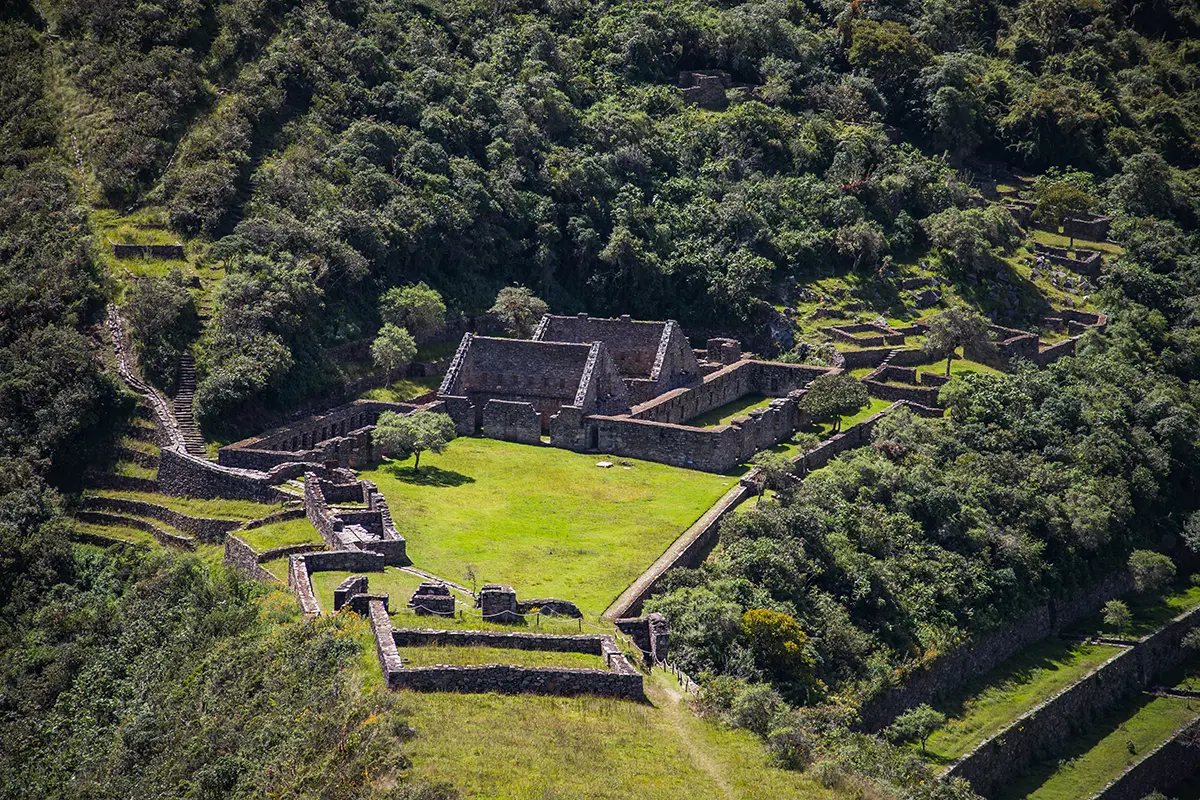
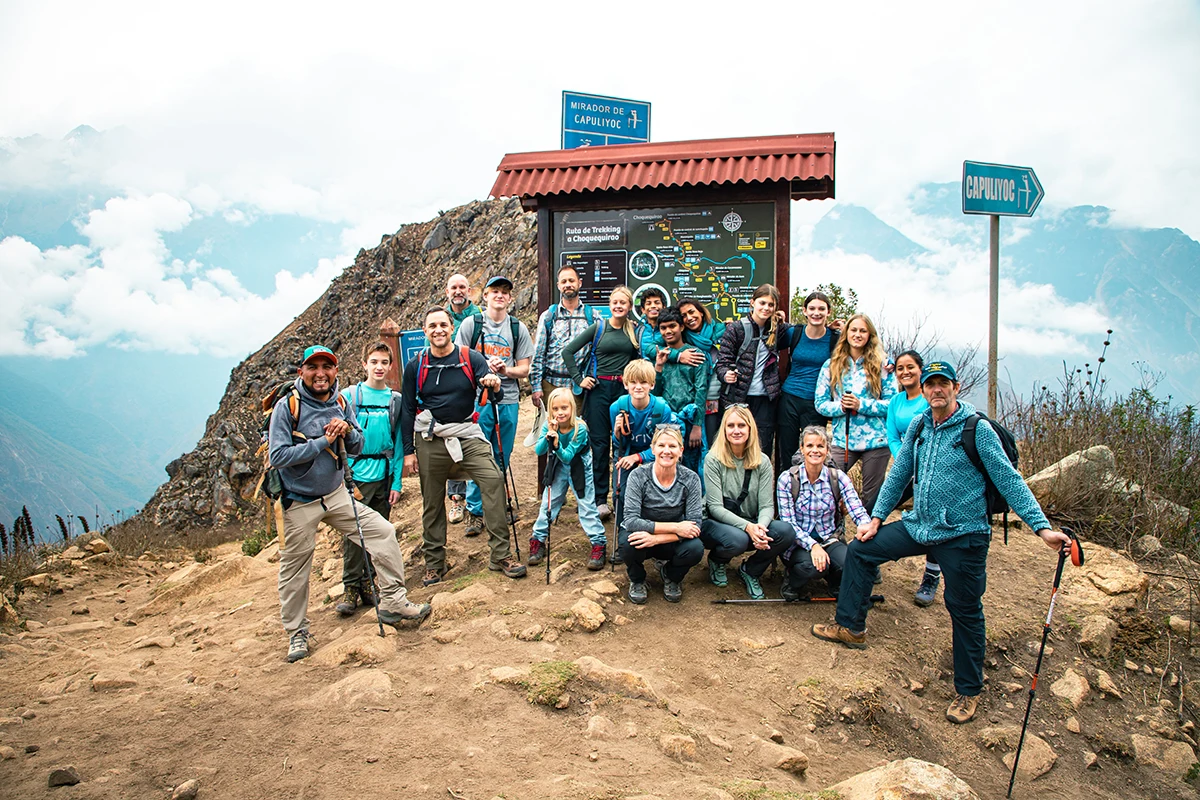
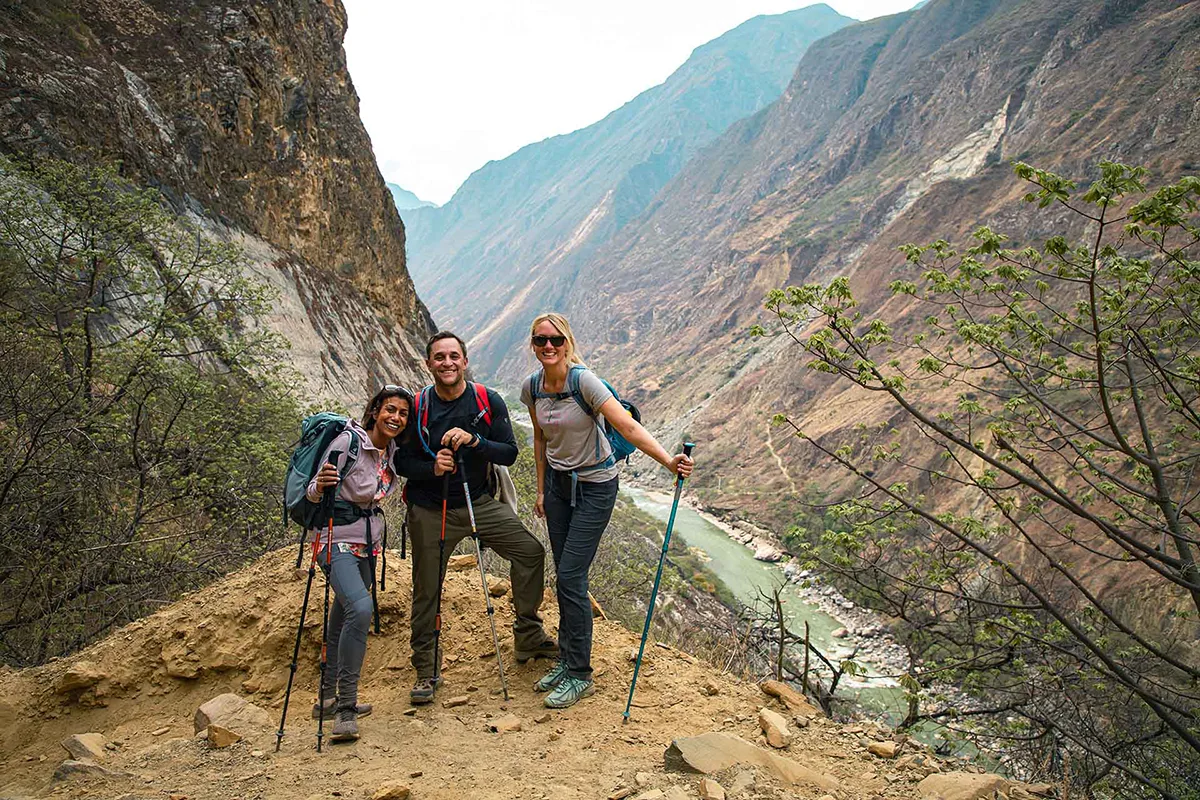
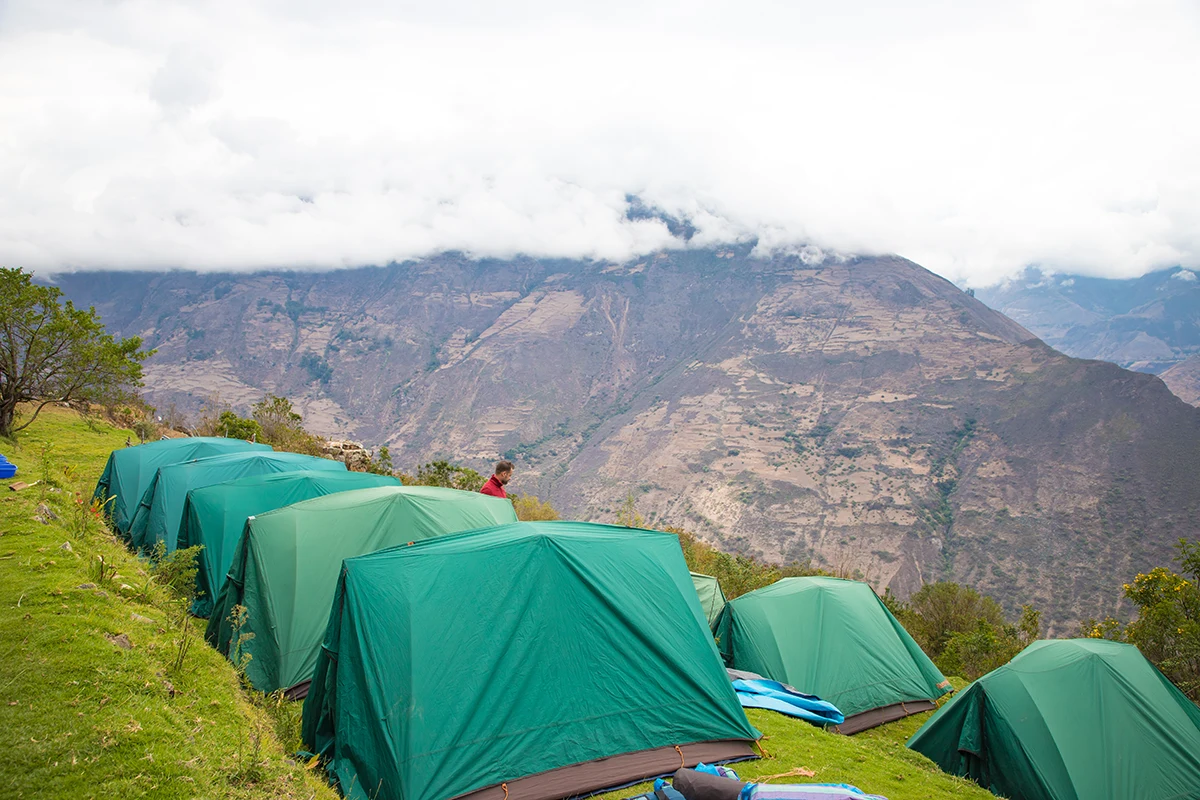
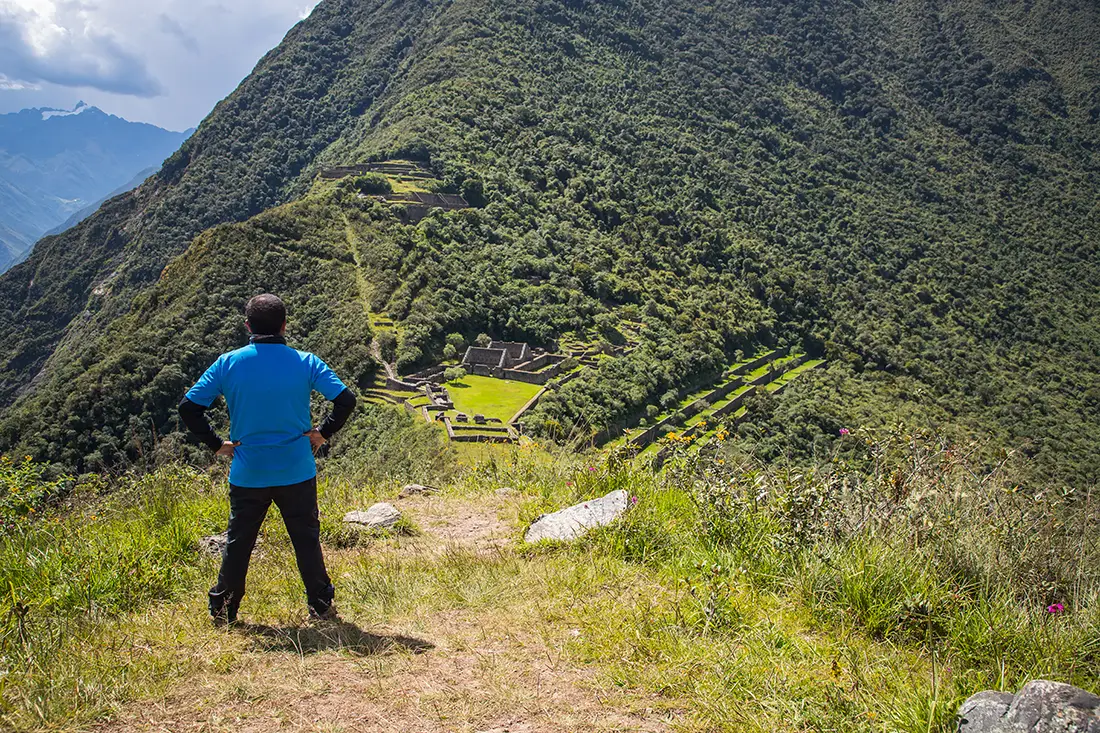
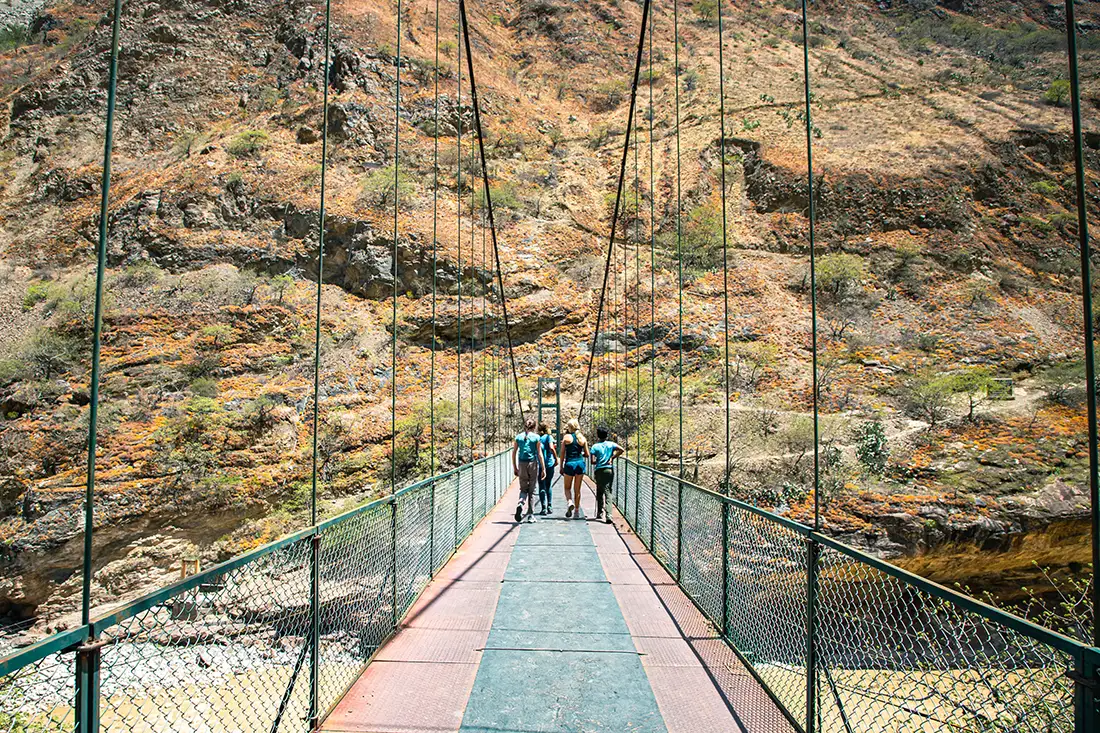
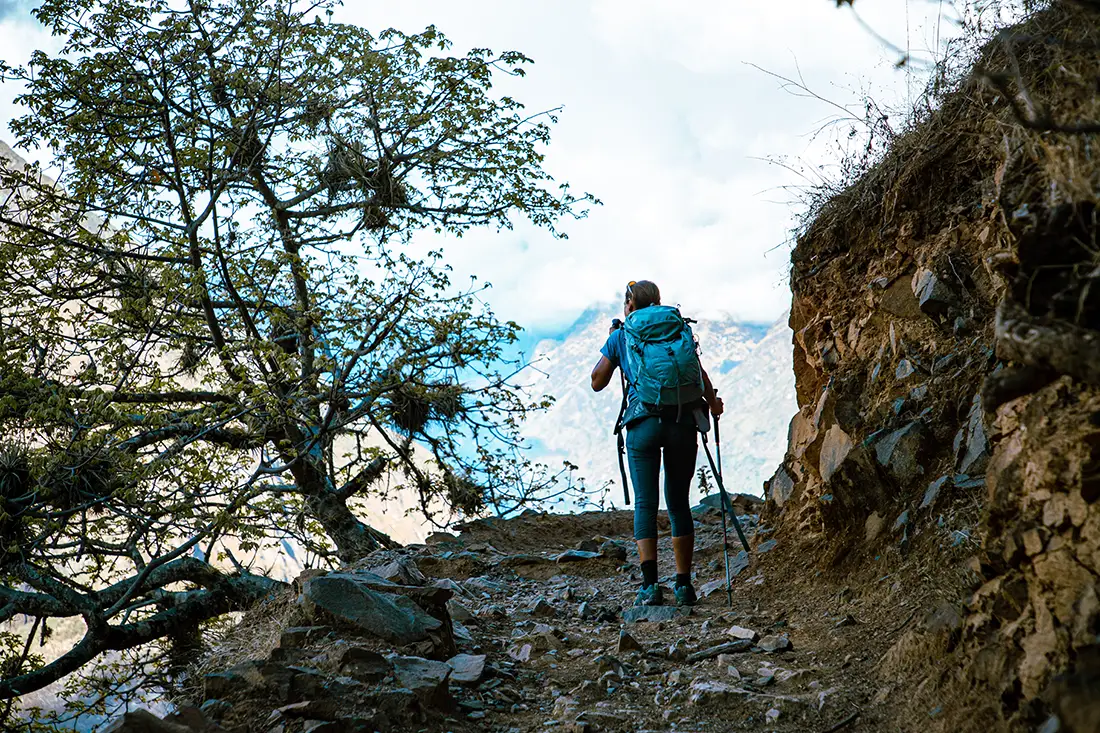
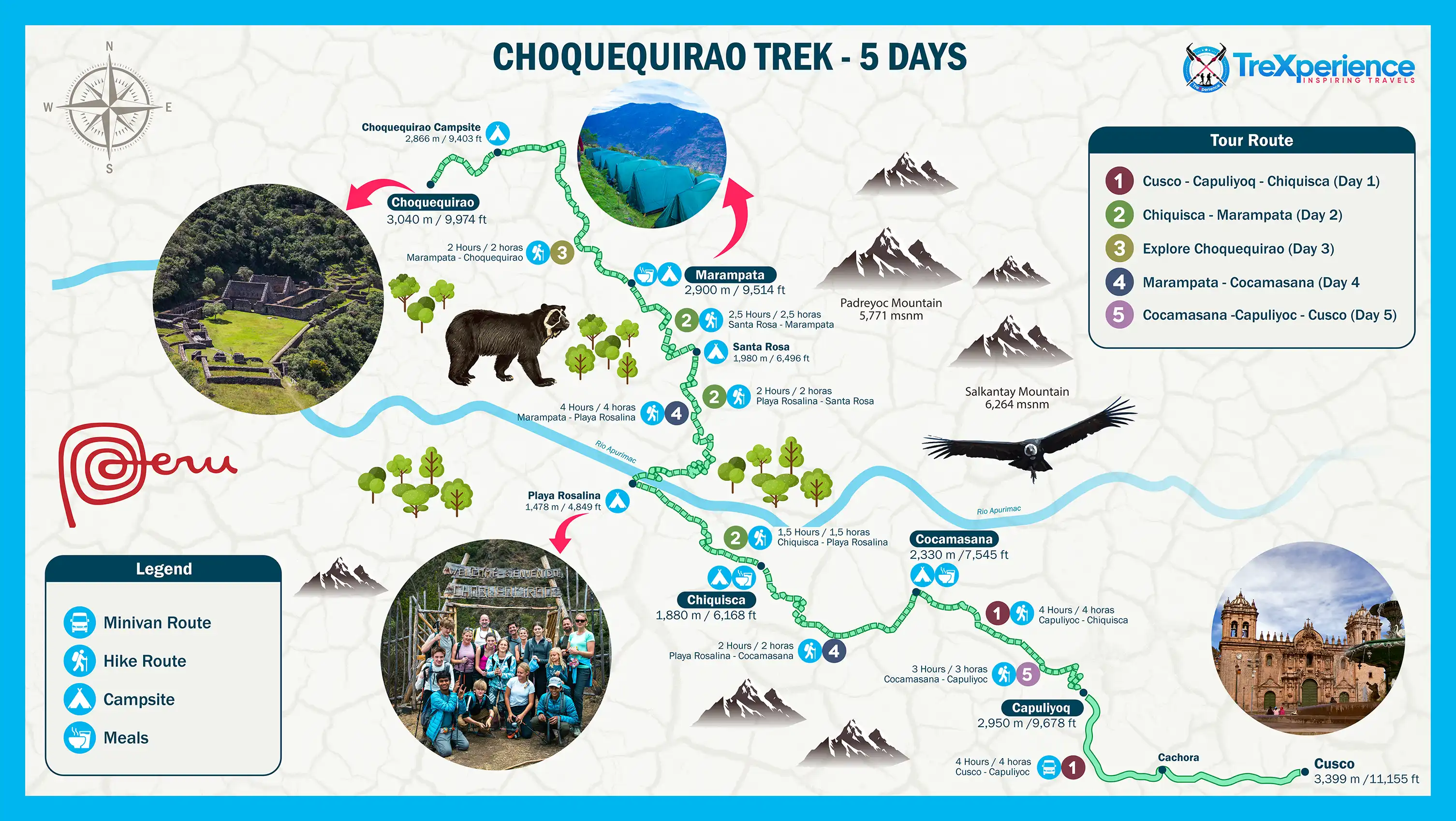

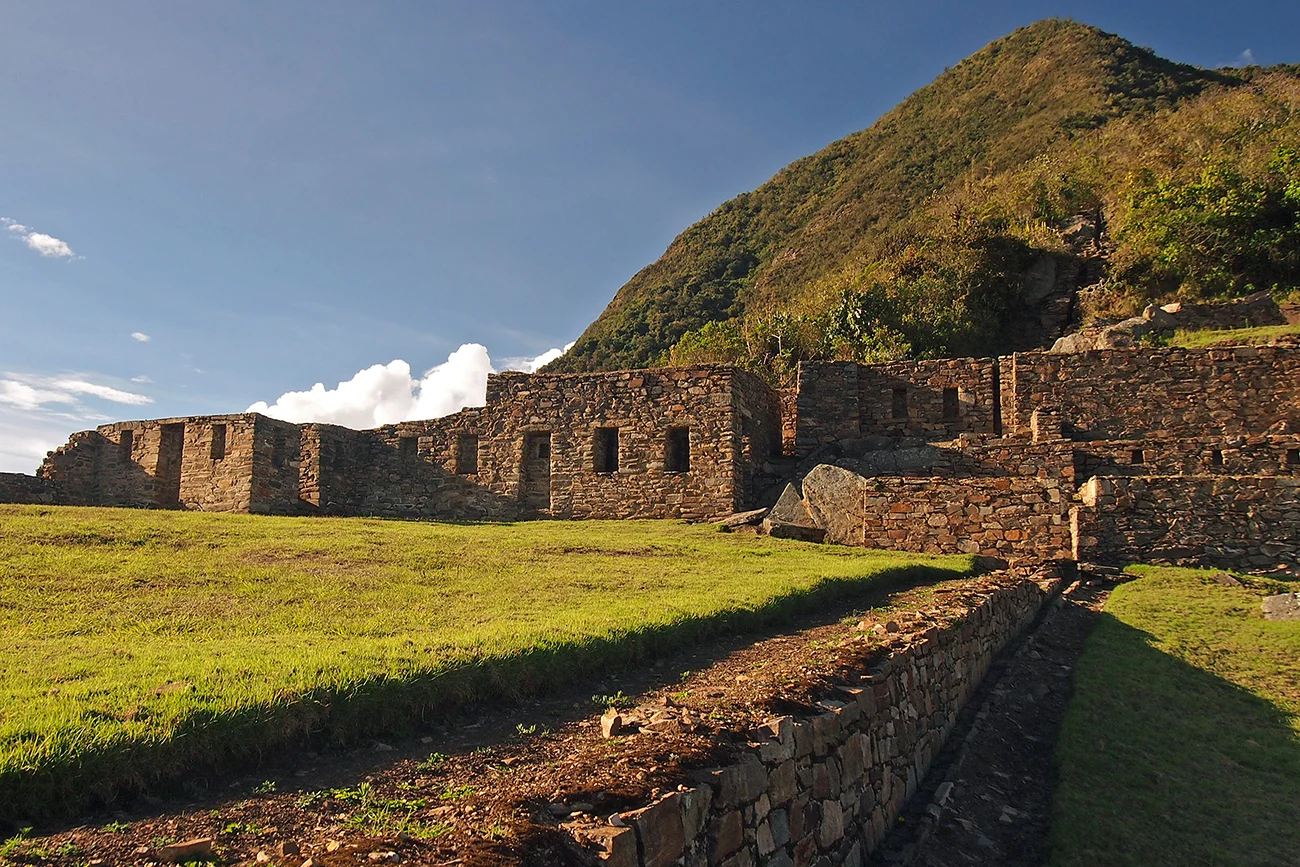
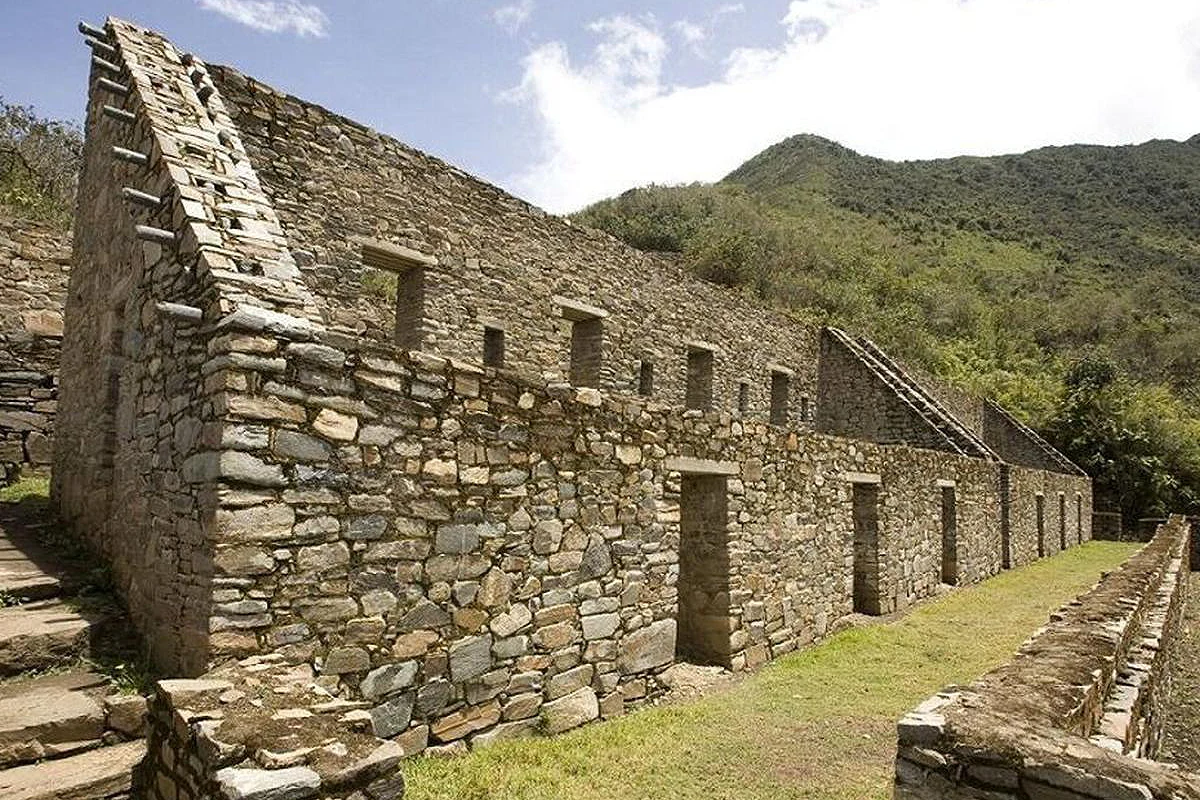
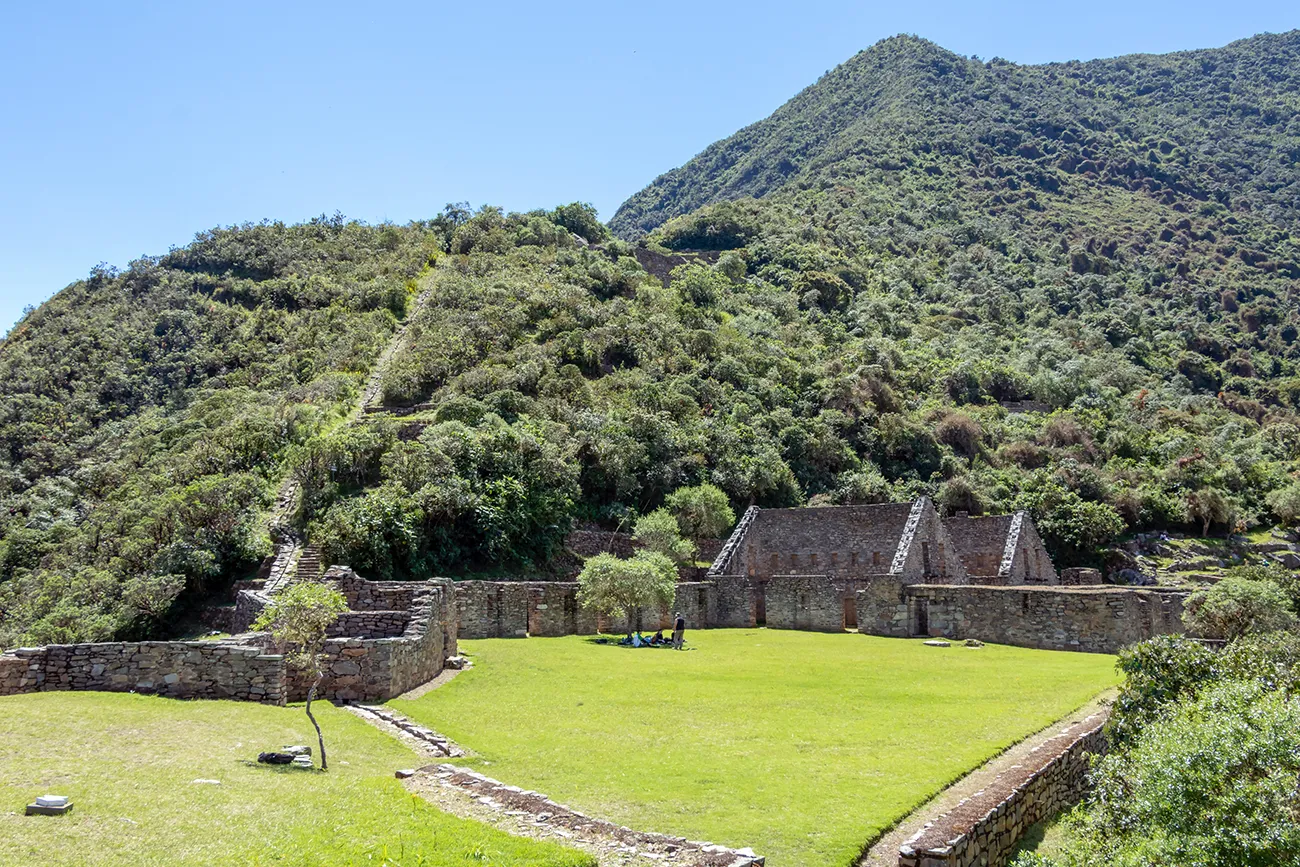
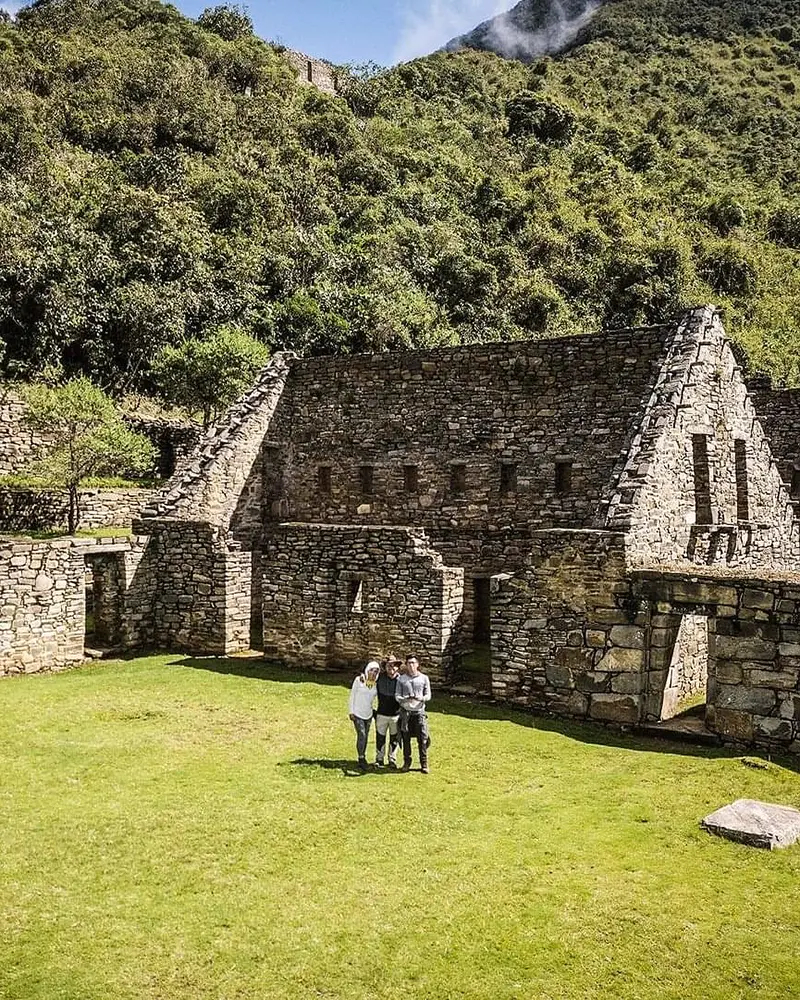
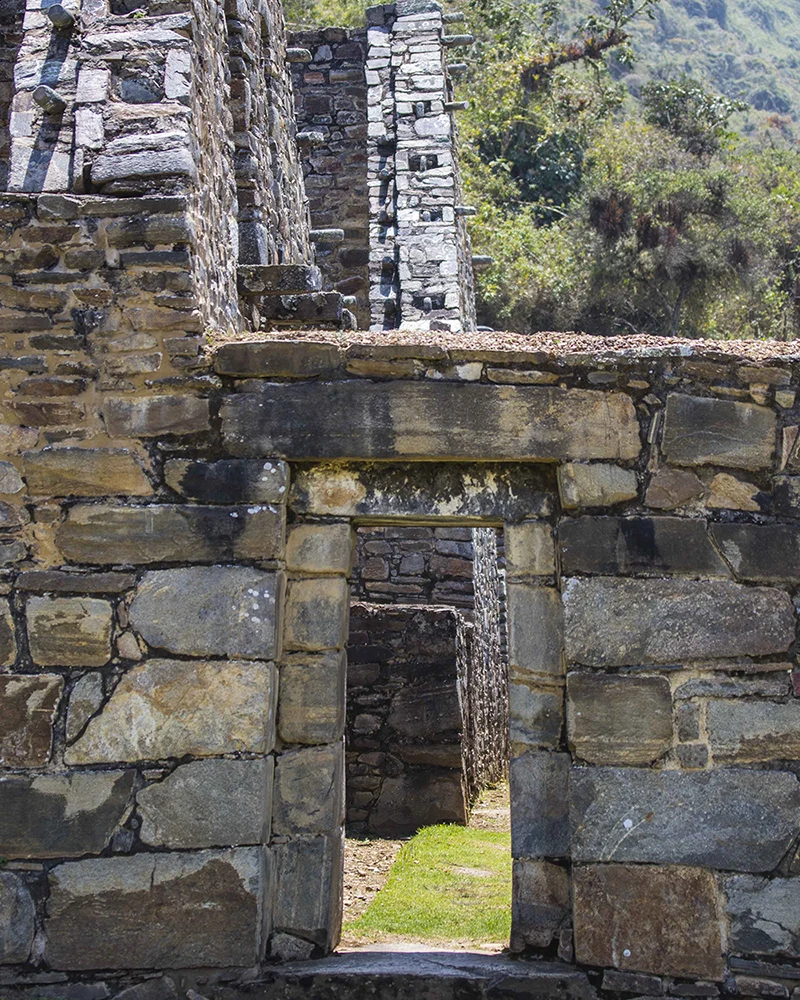
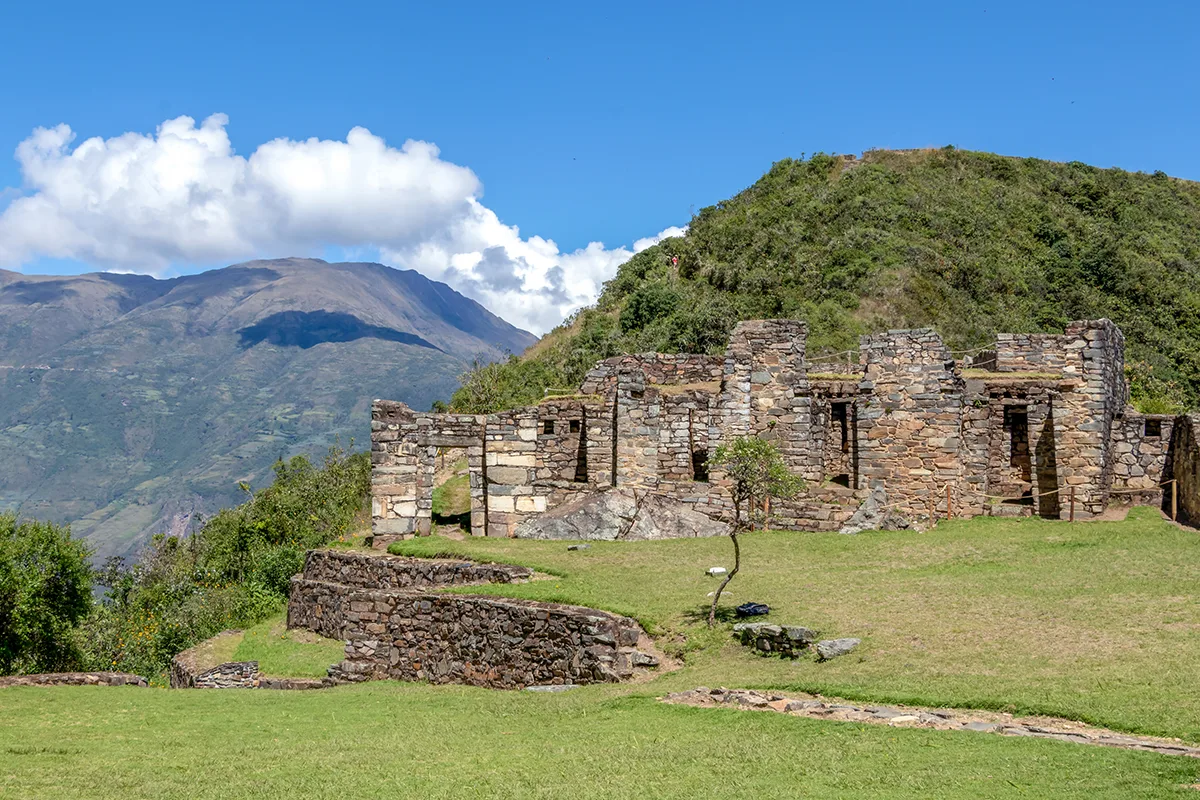
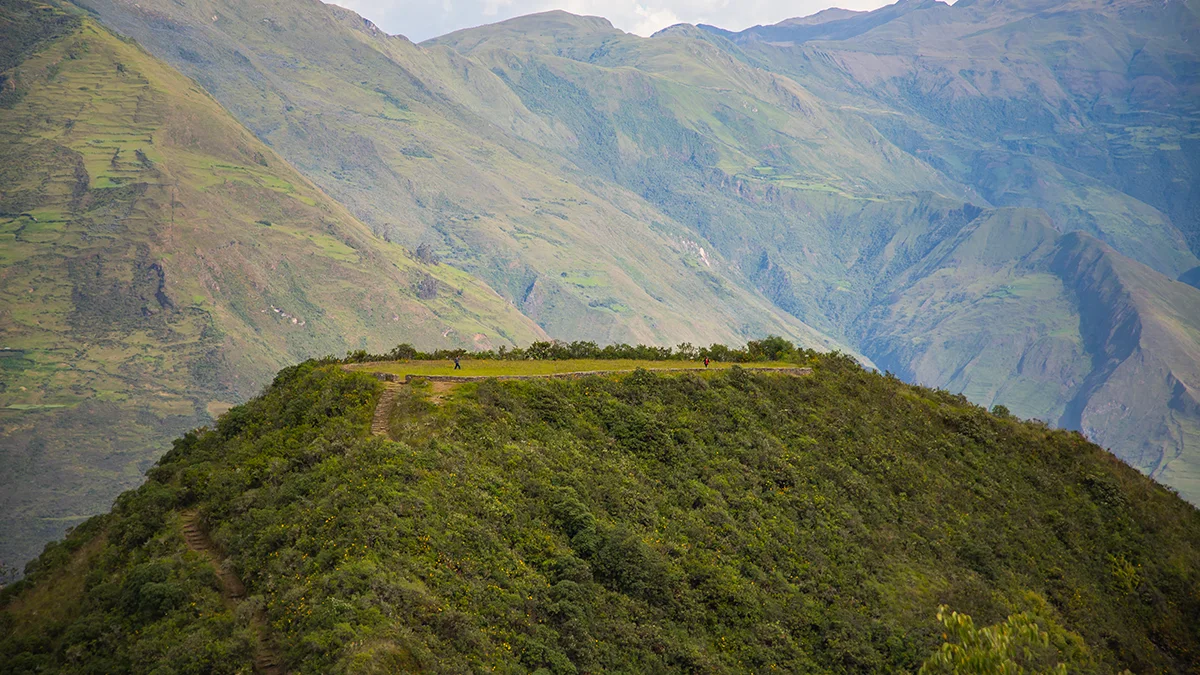
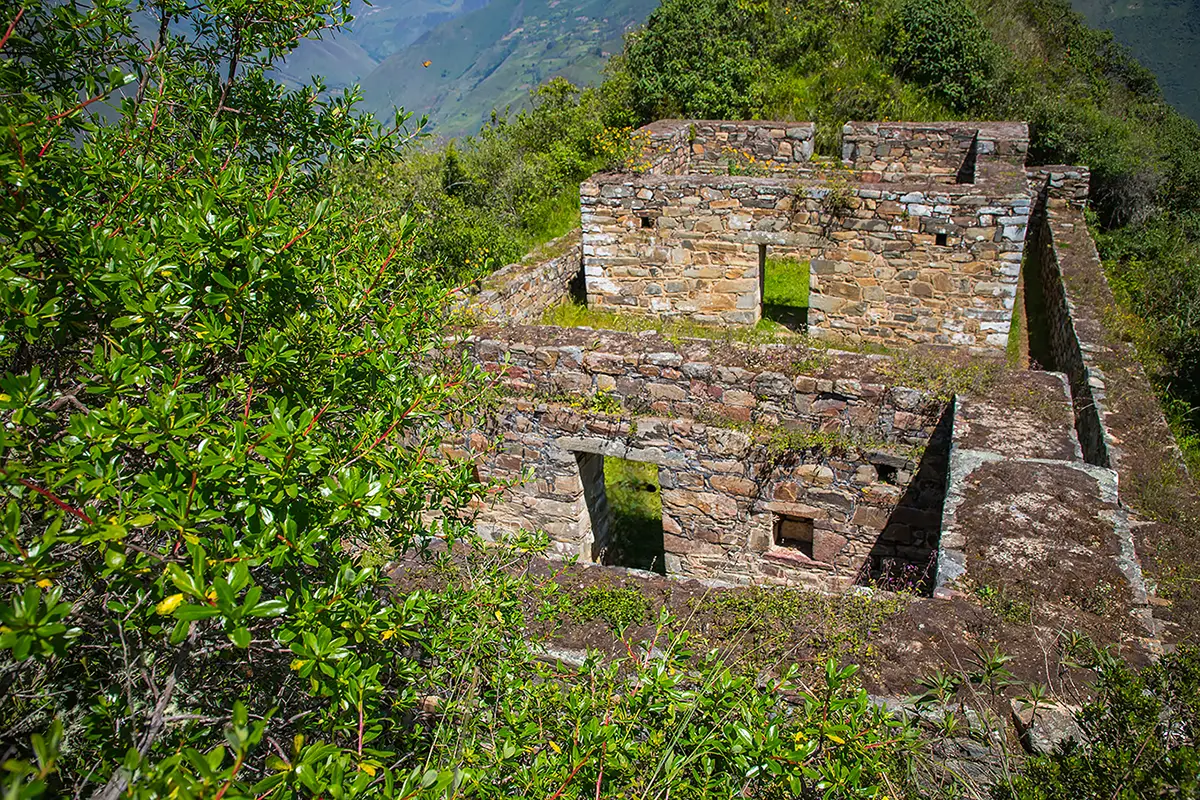
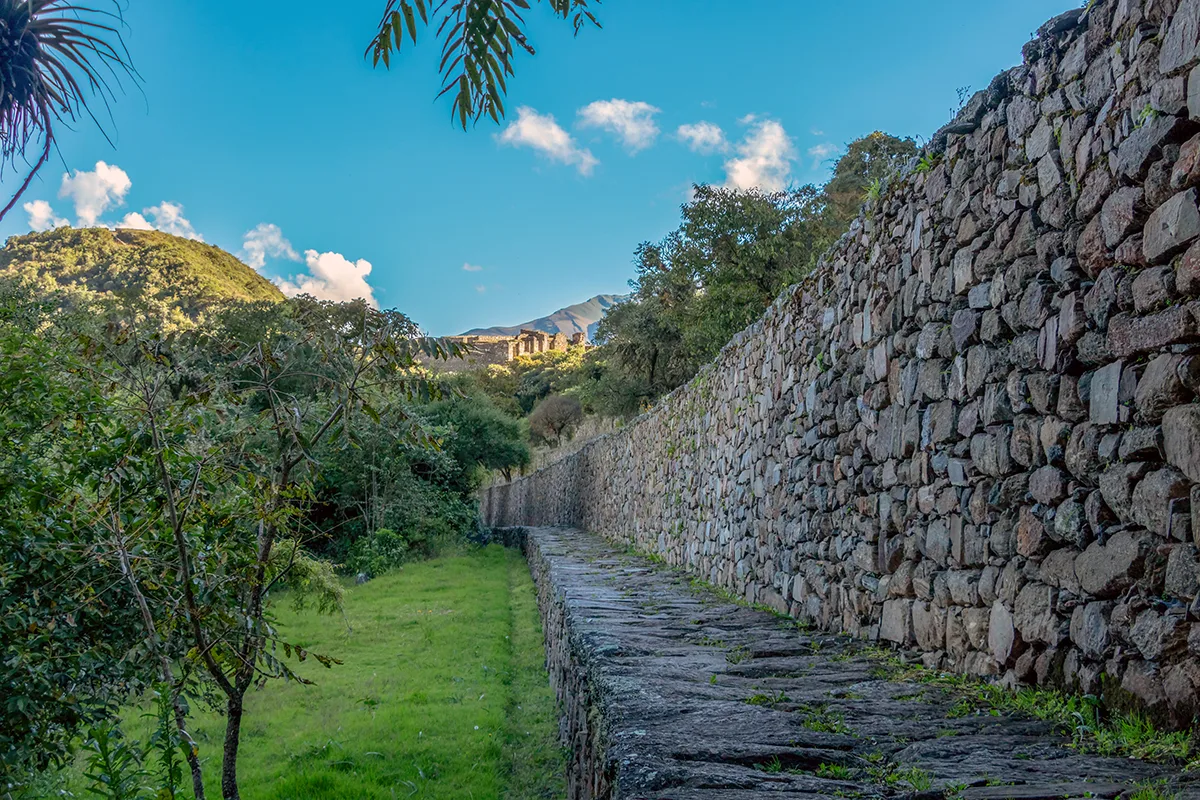
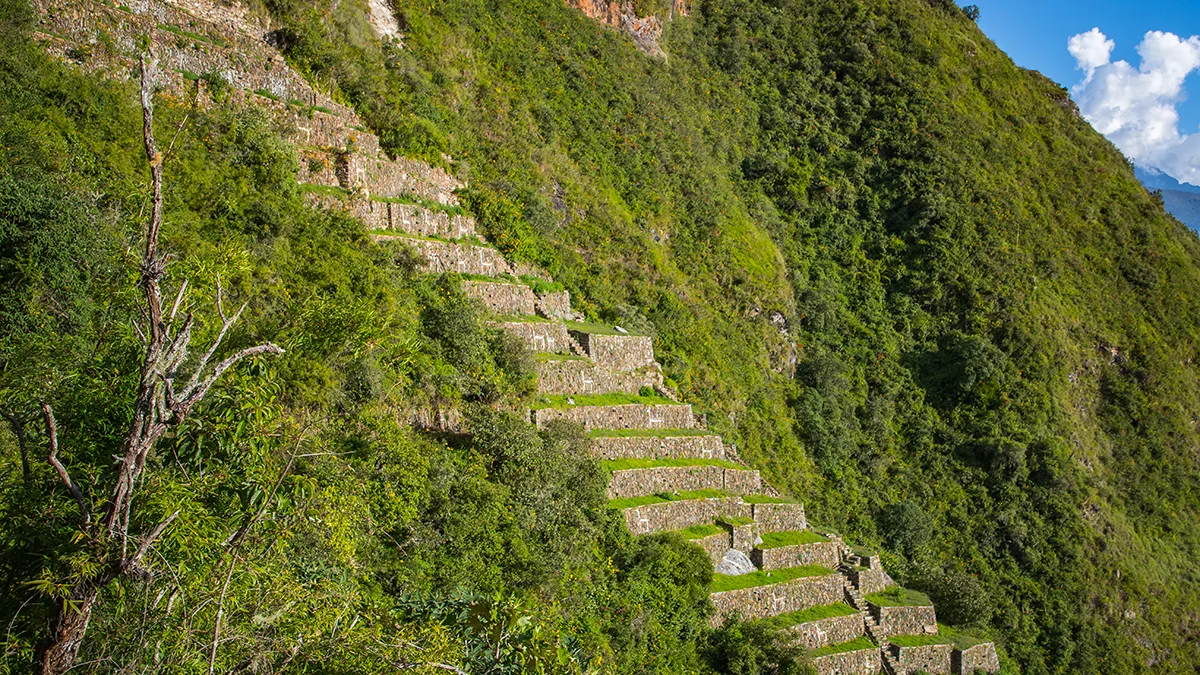
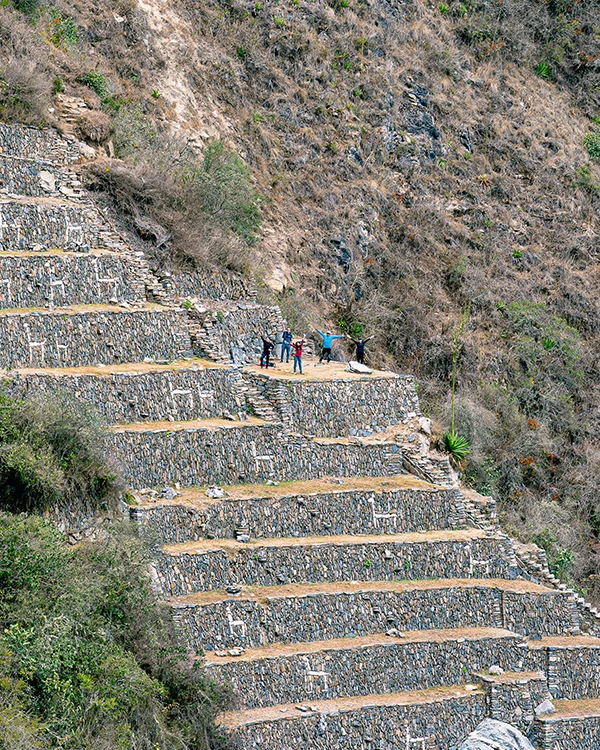
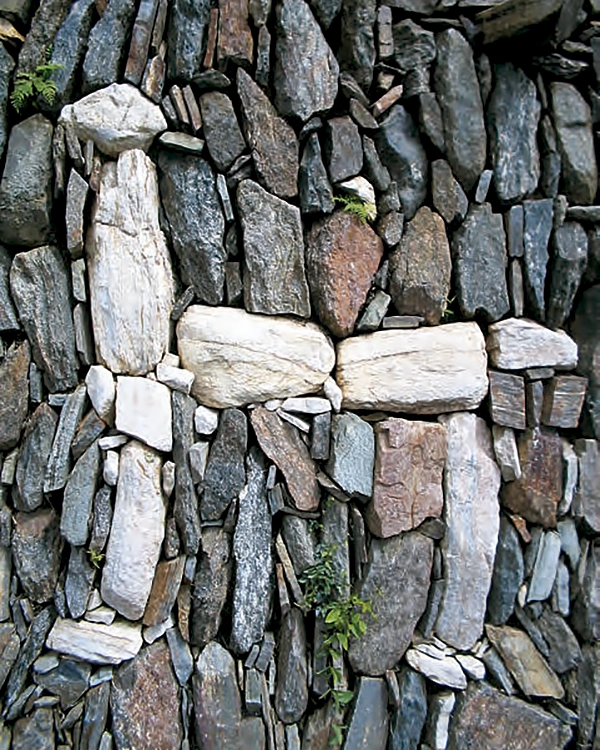
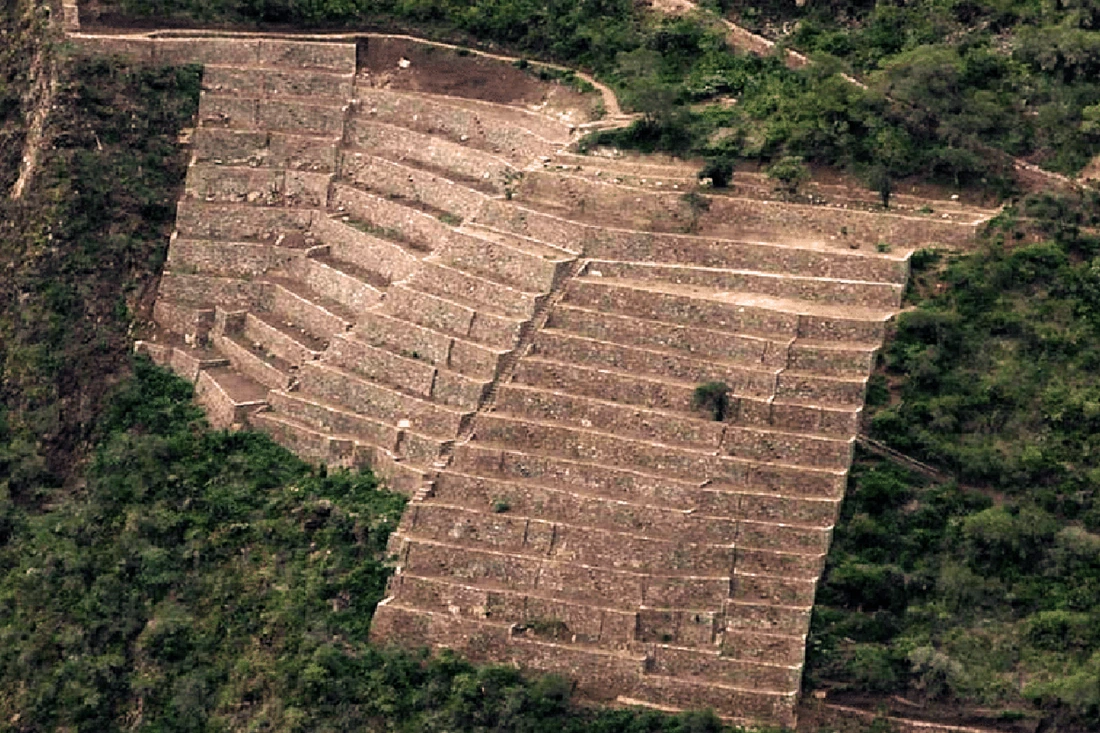
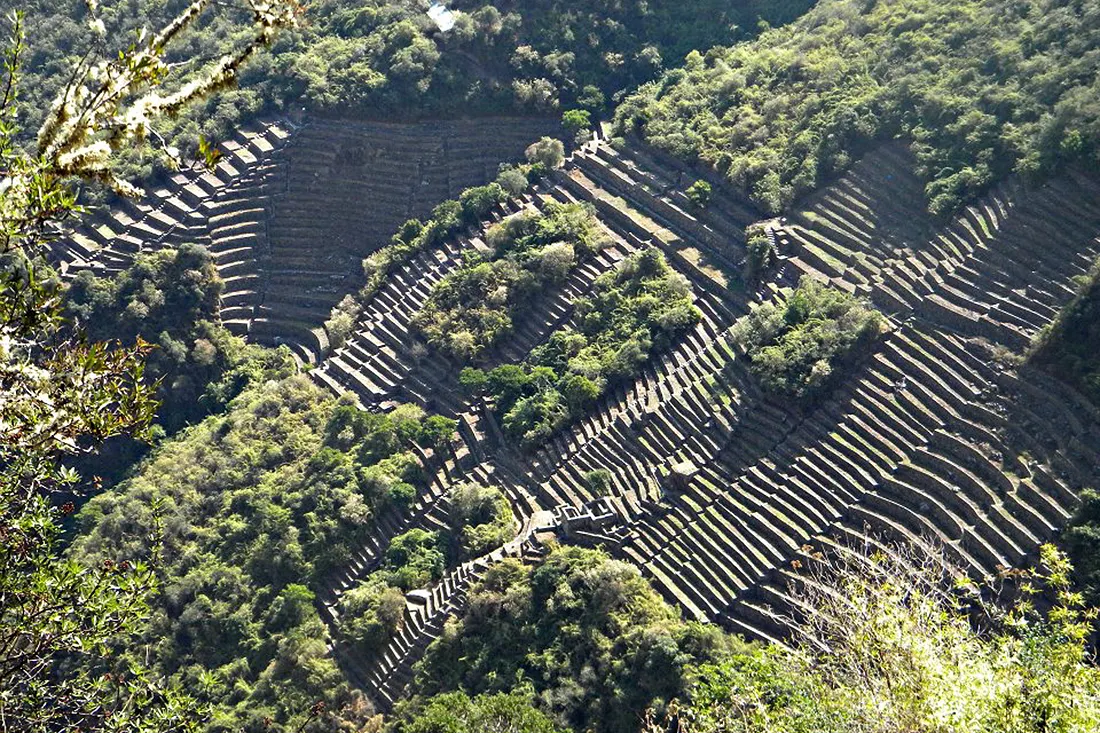
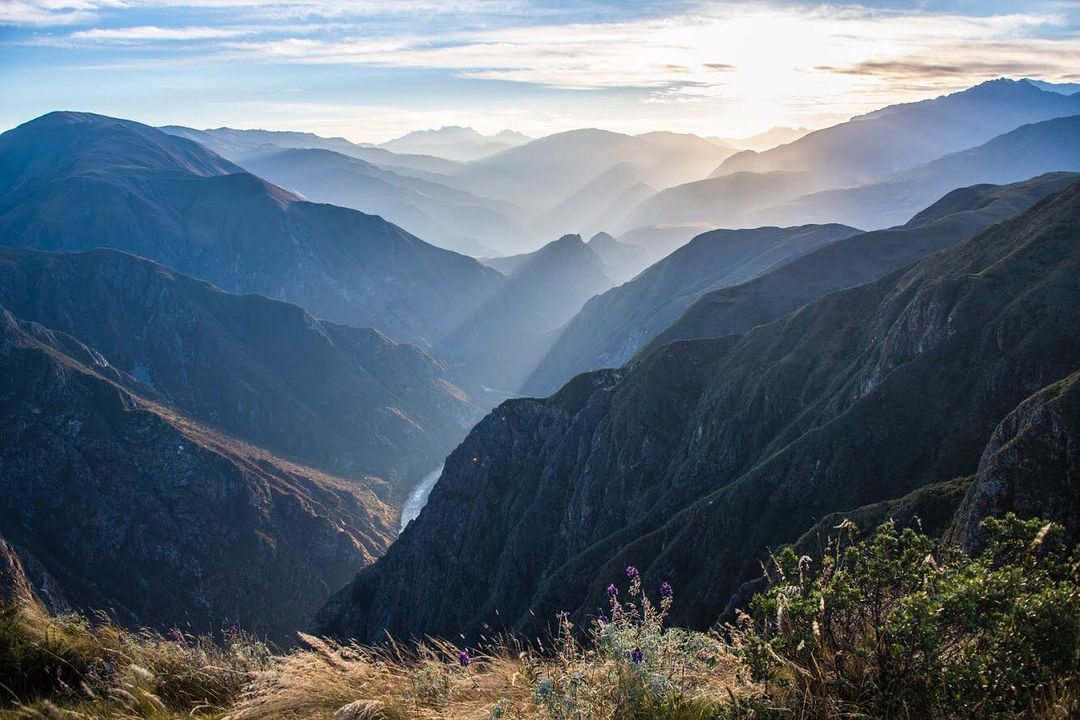
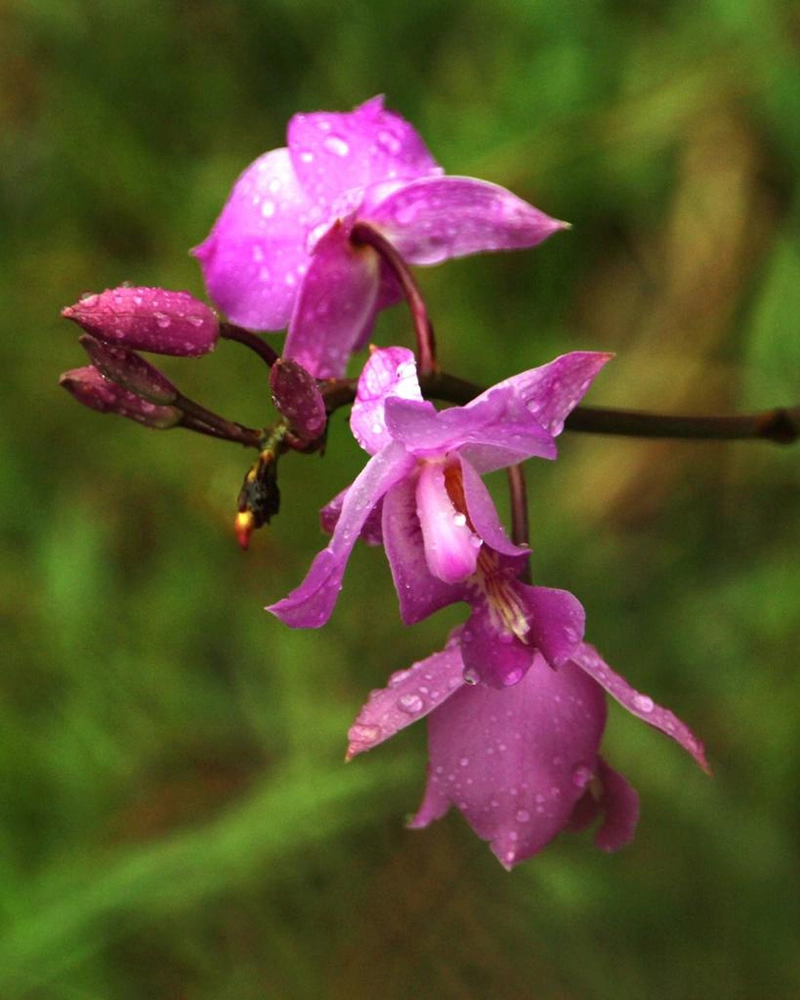
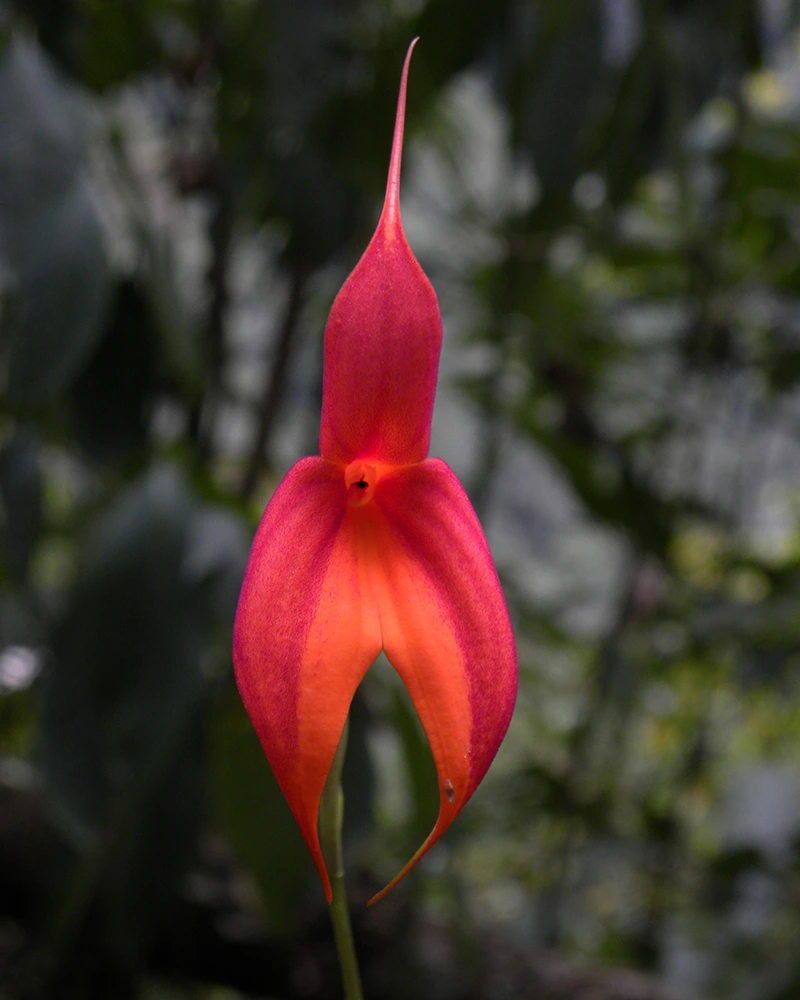
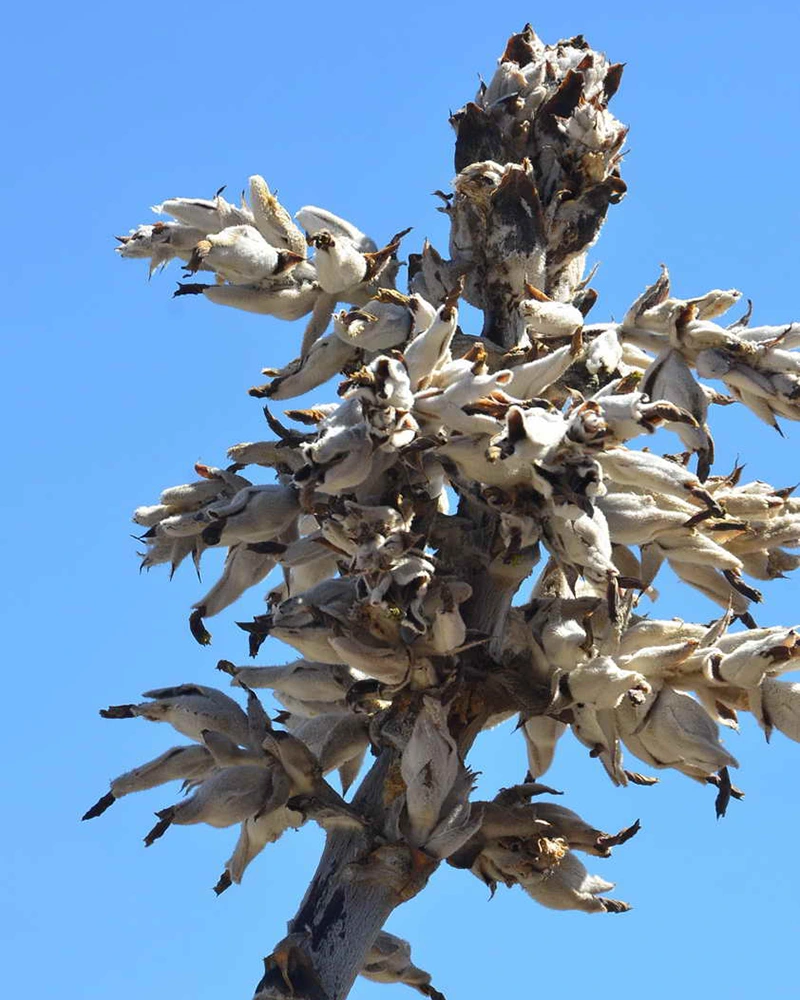
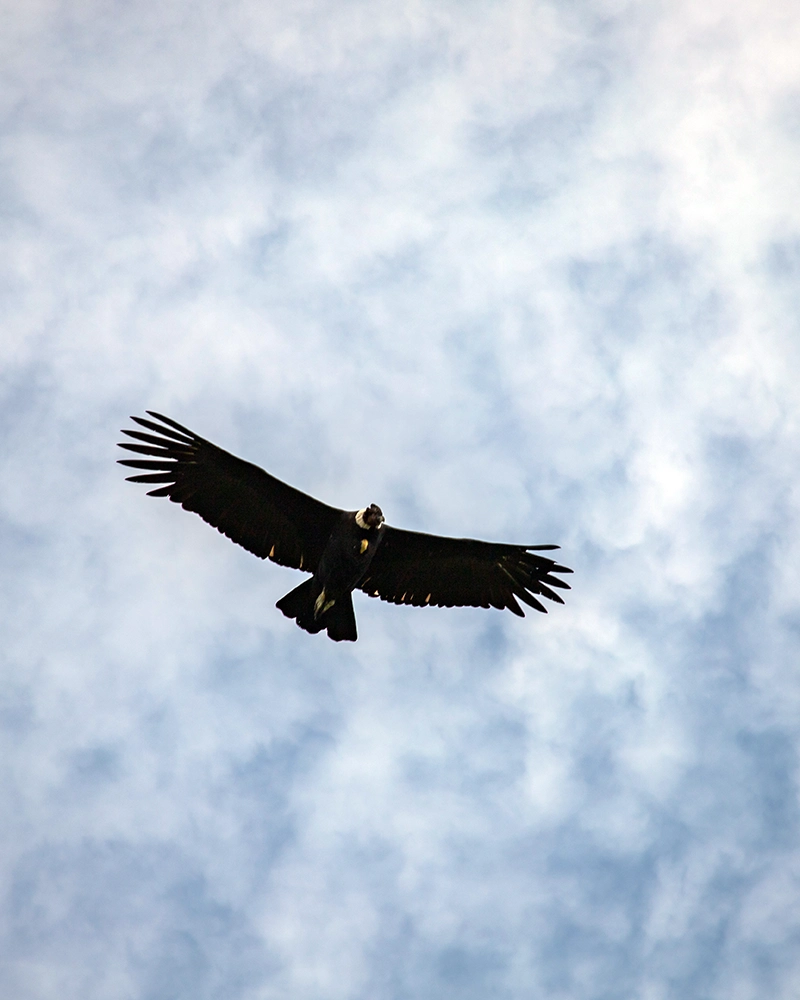
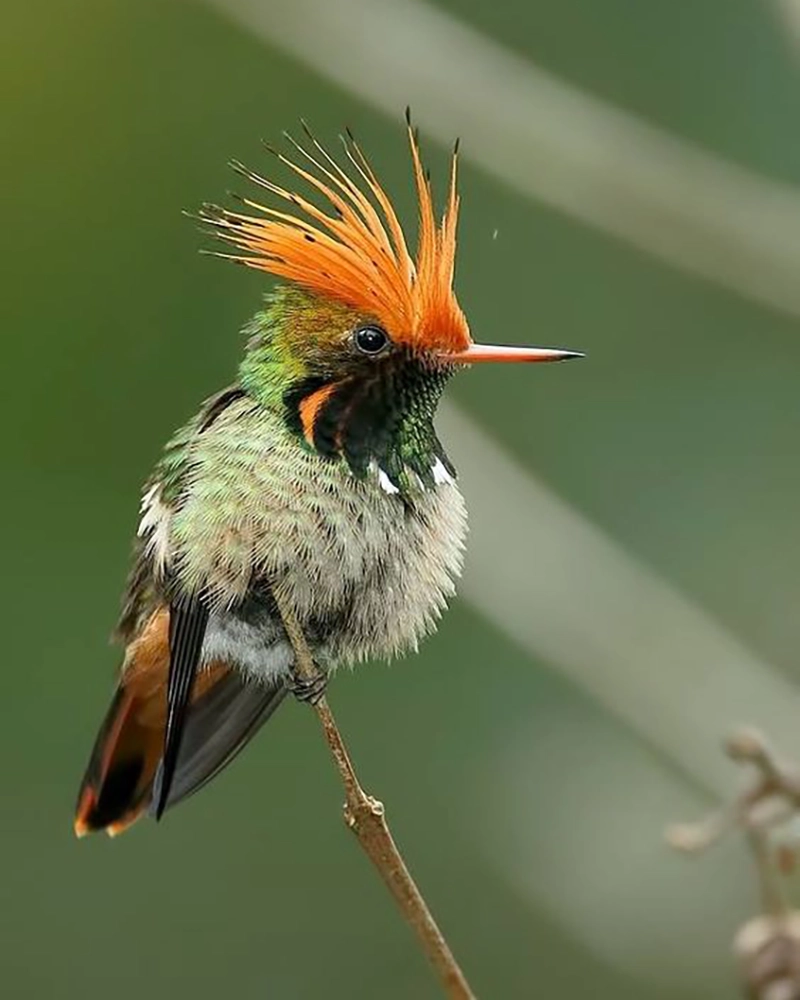
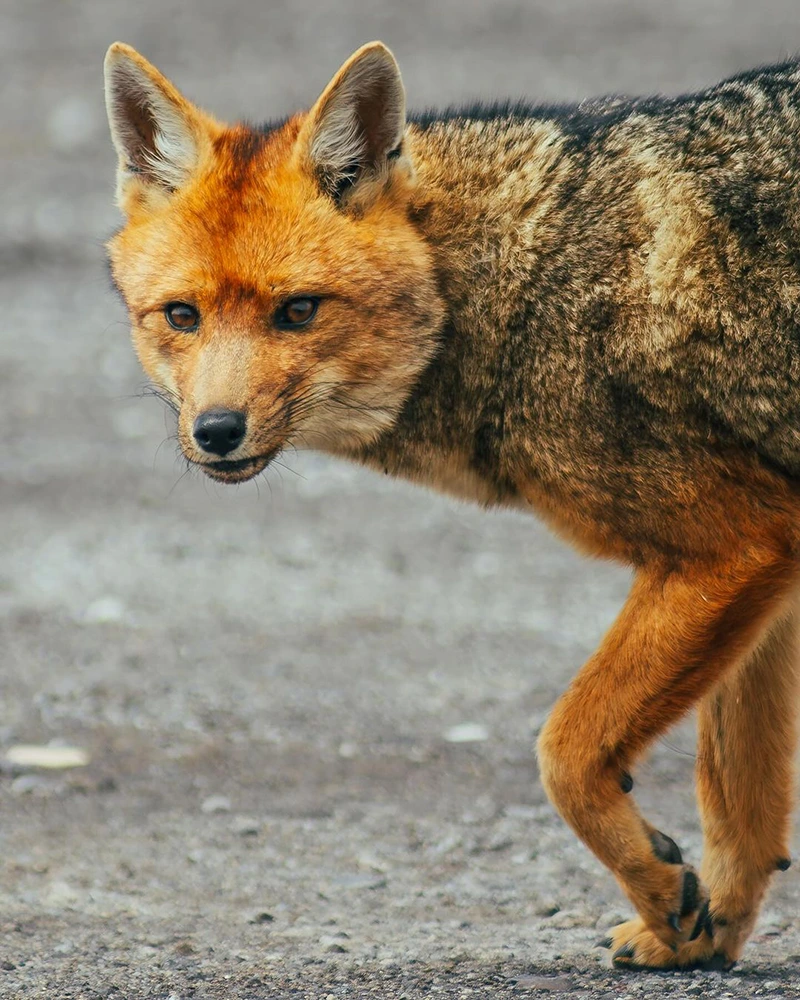
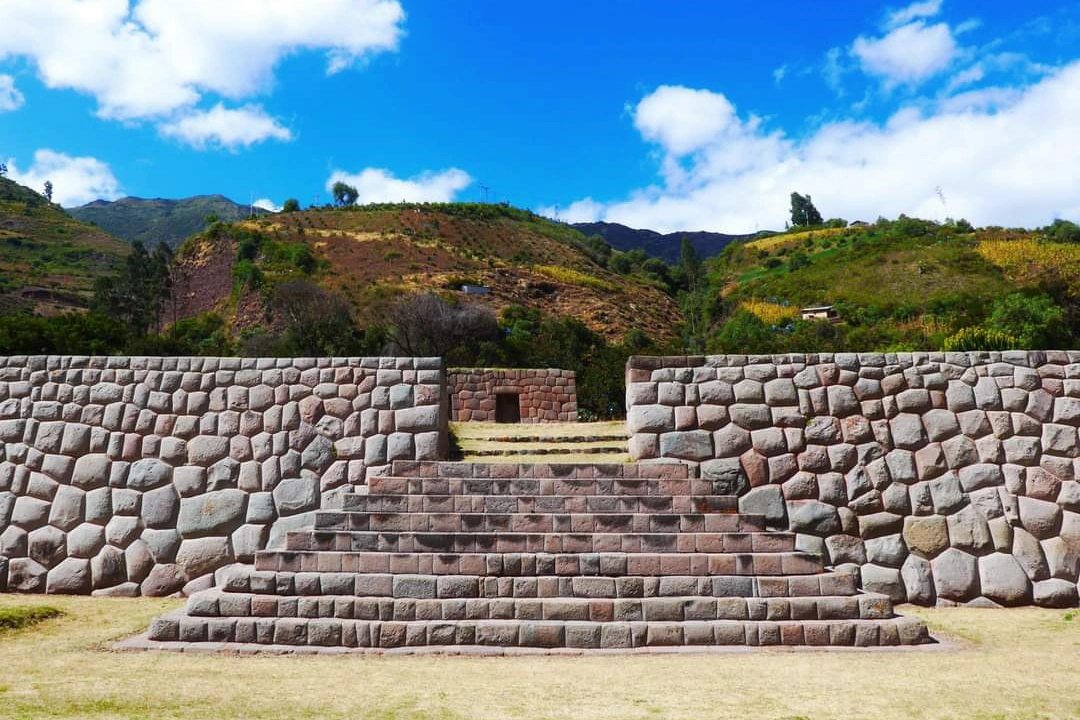
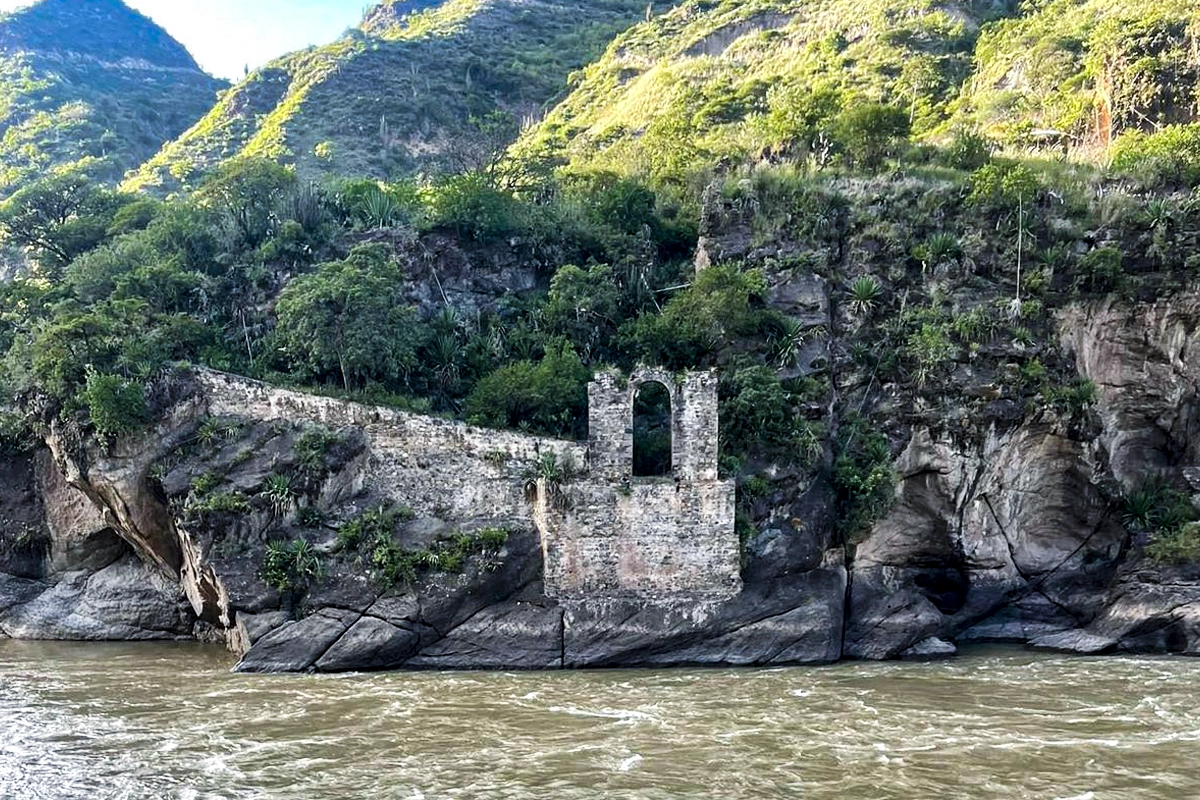
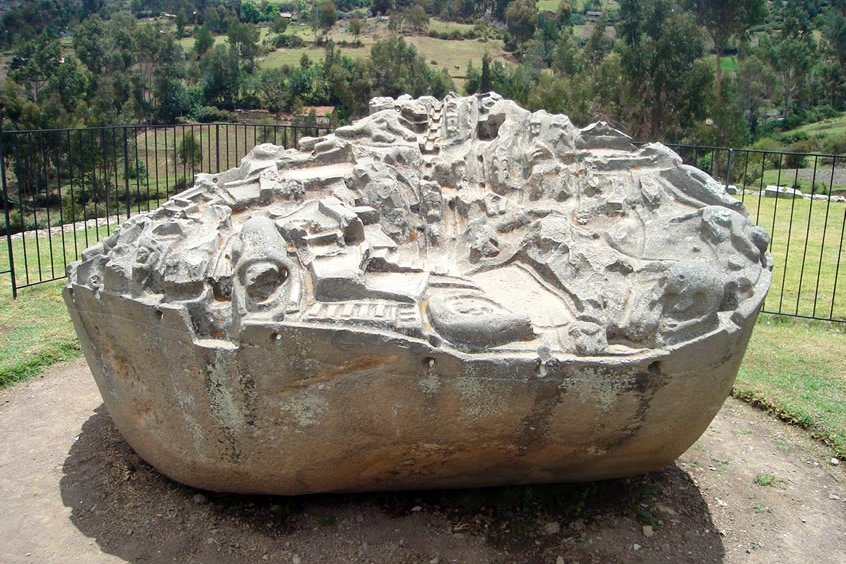
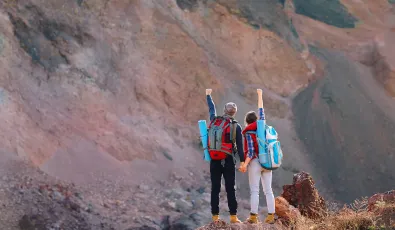
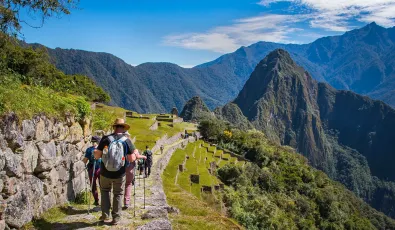
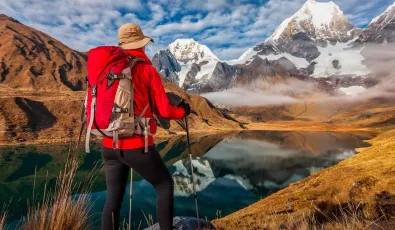

Add new comment